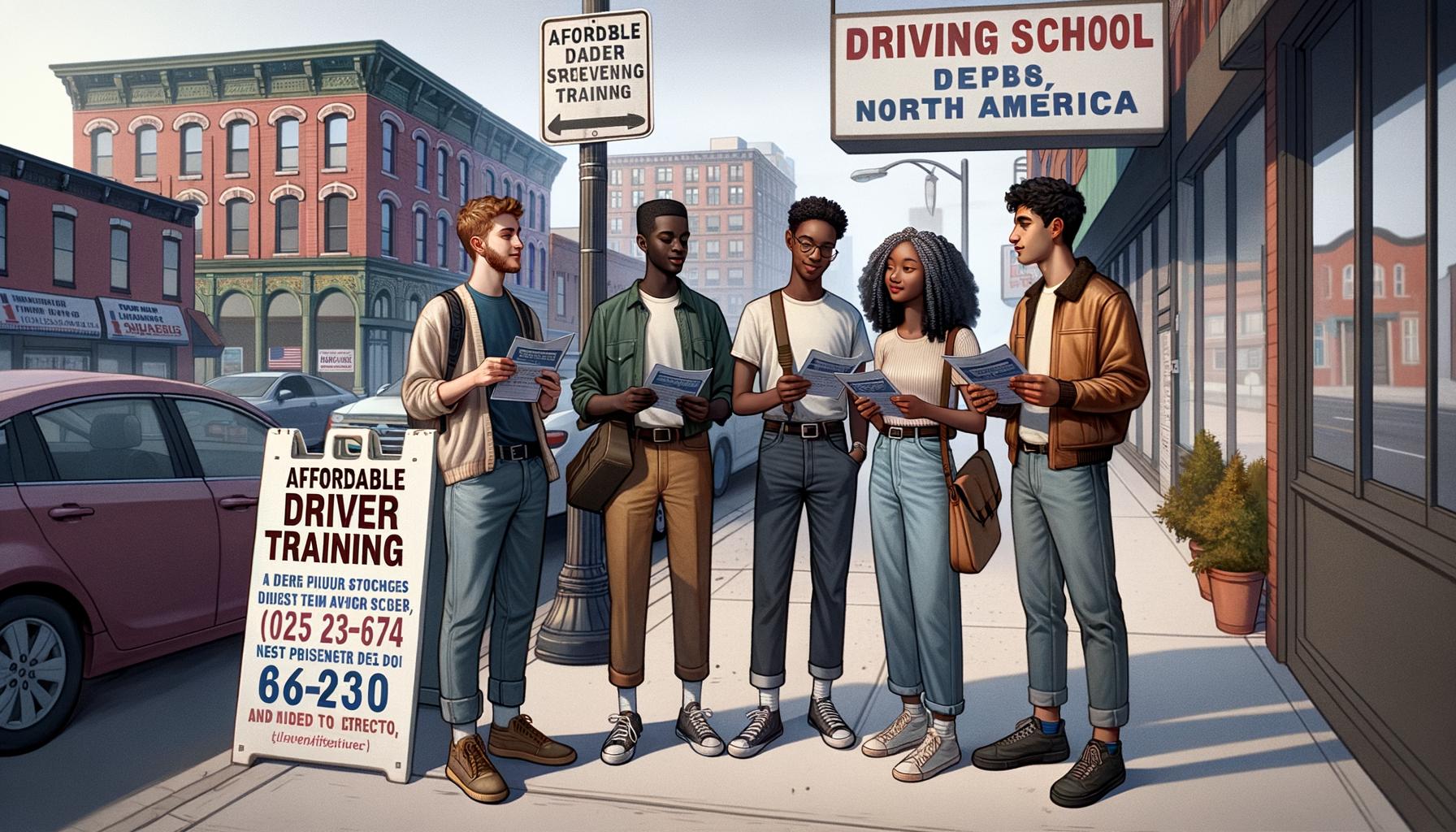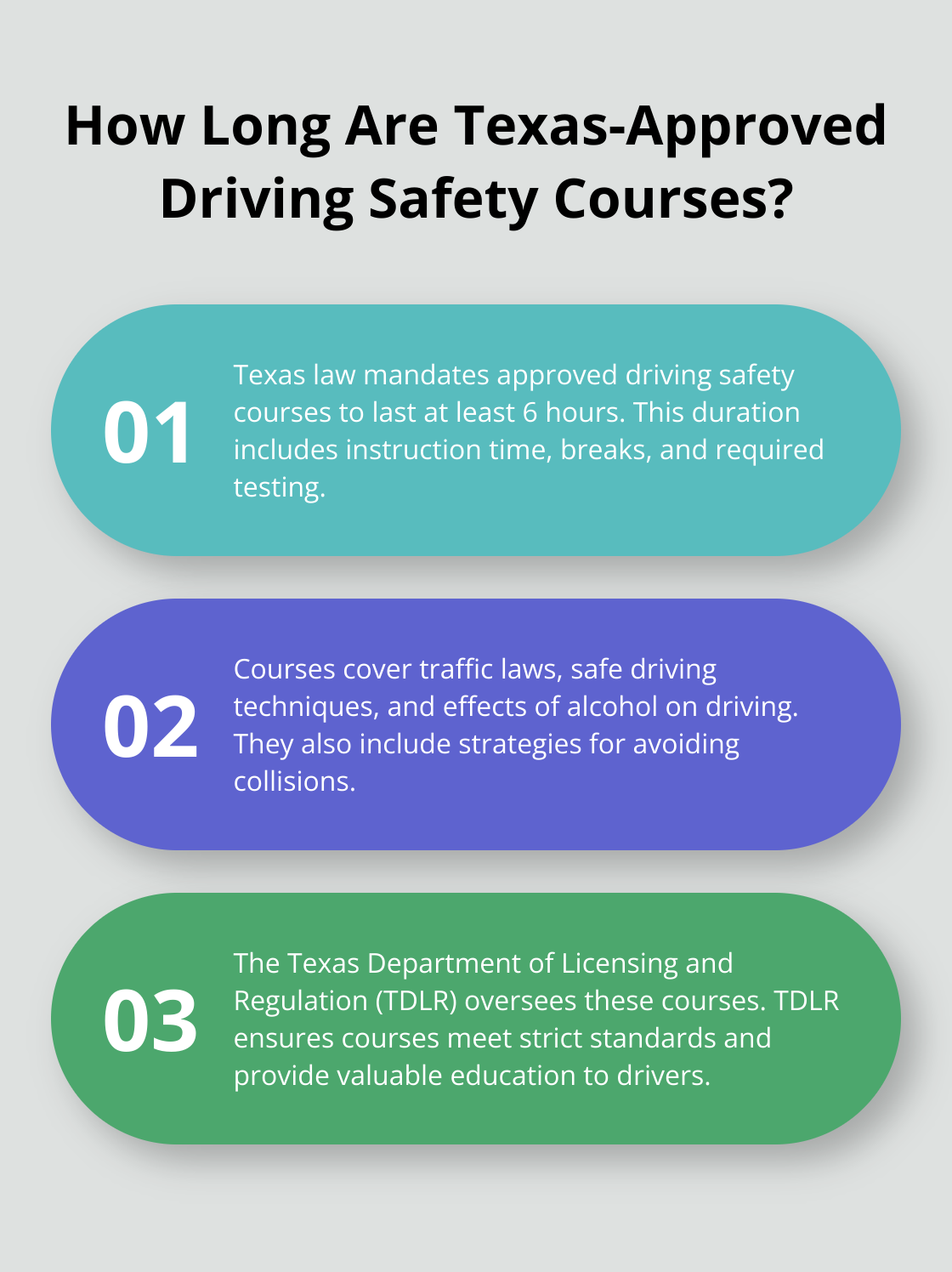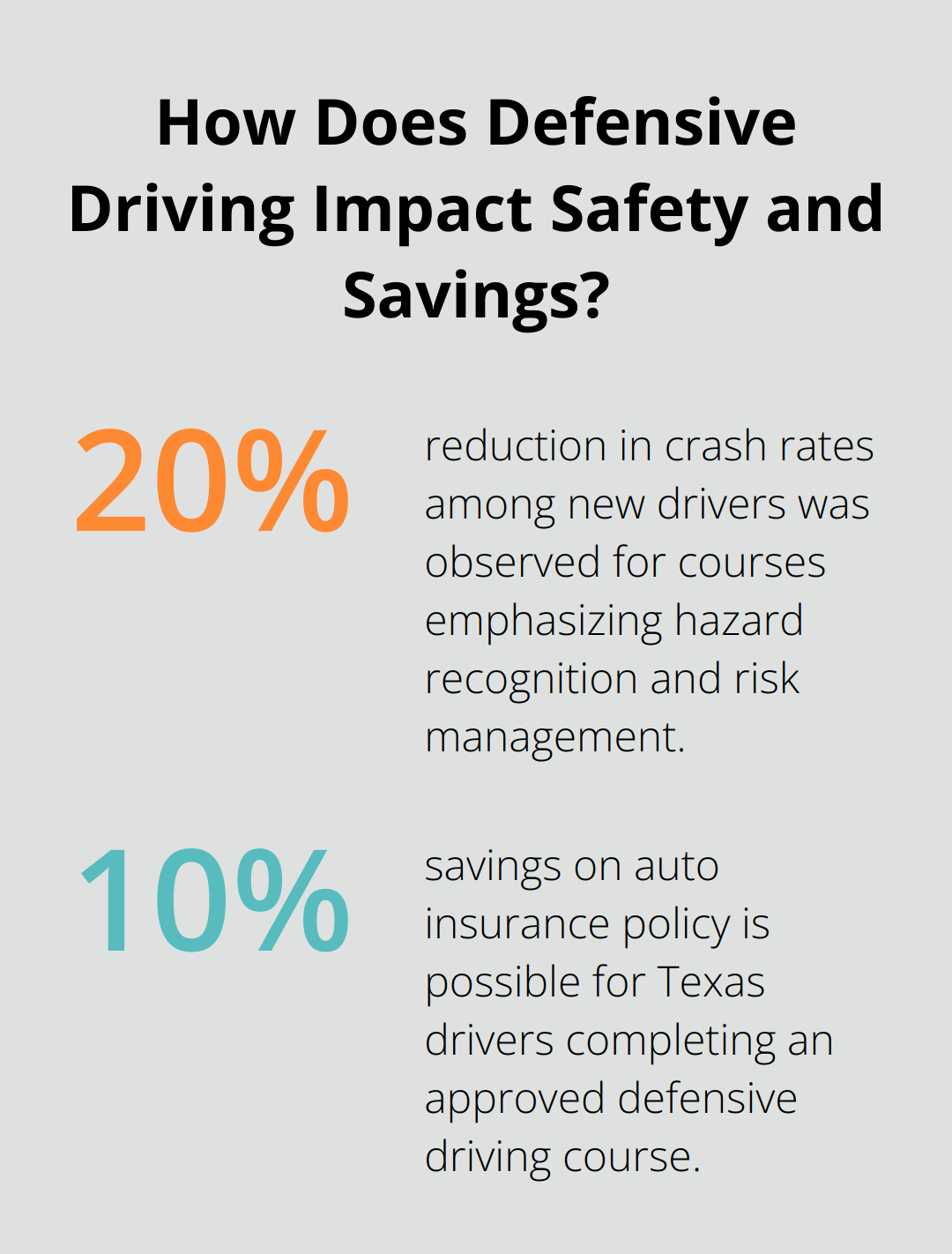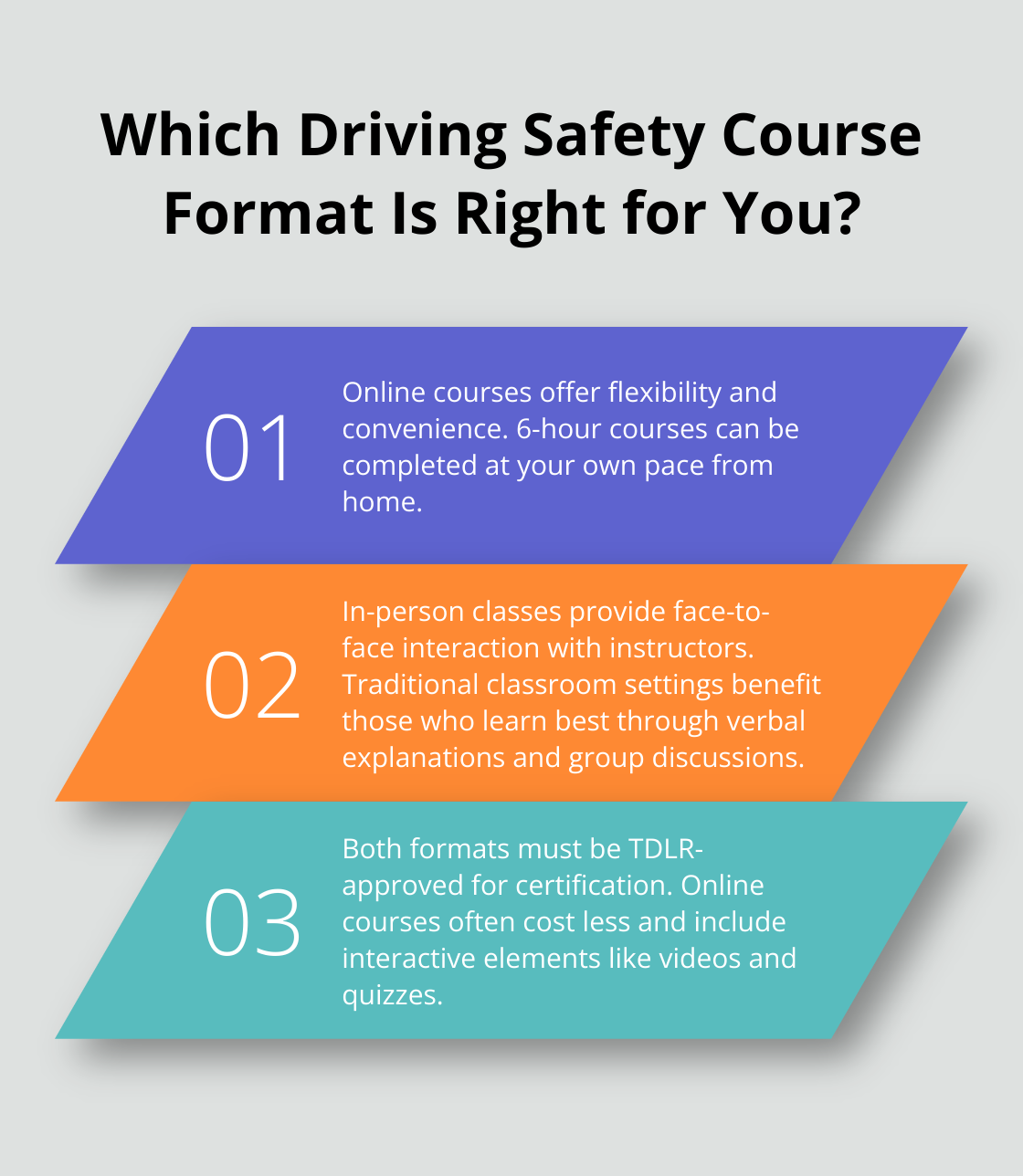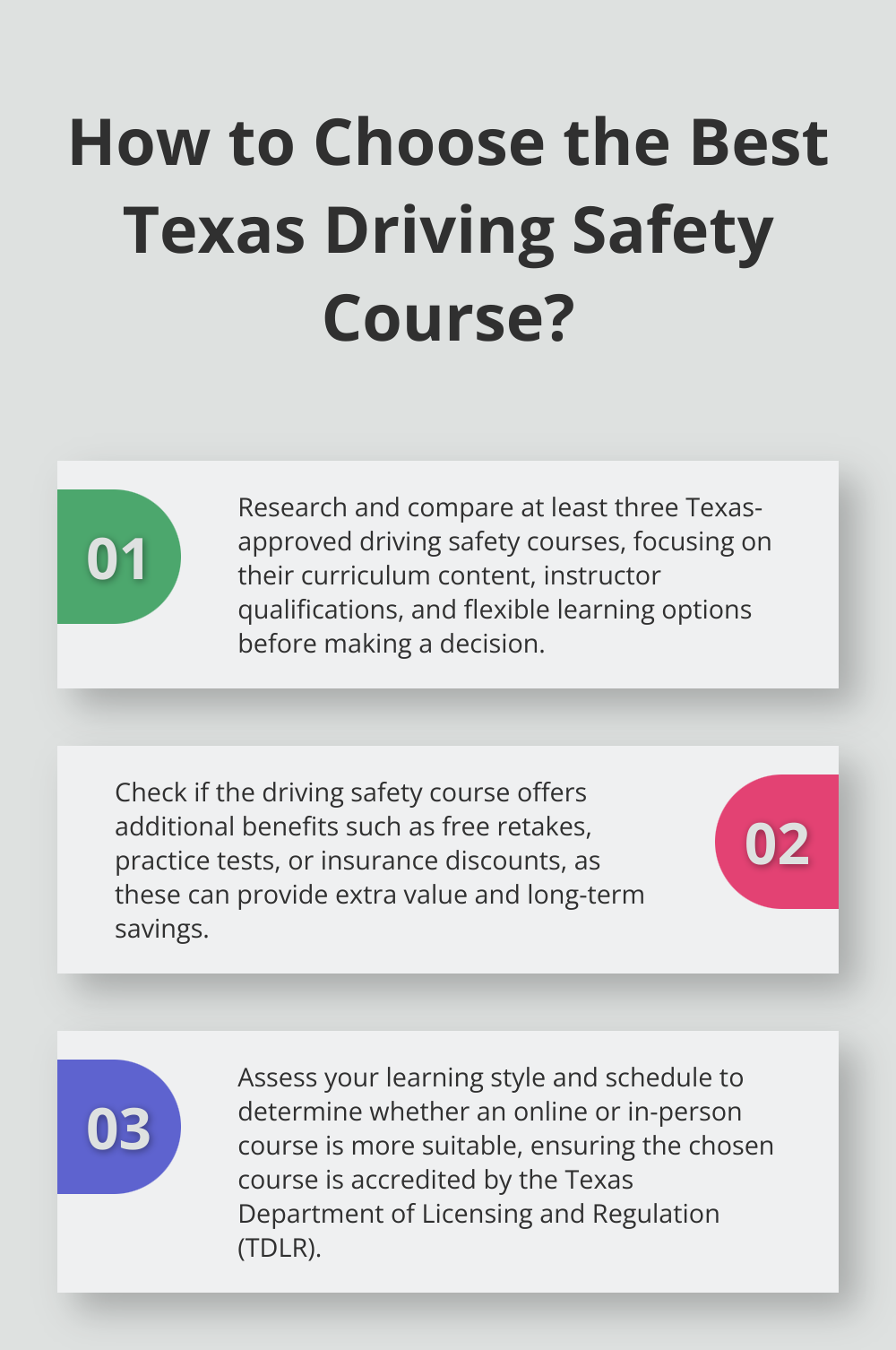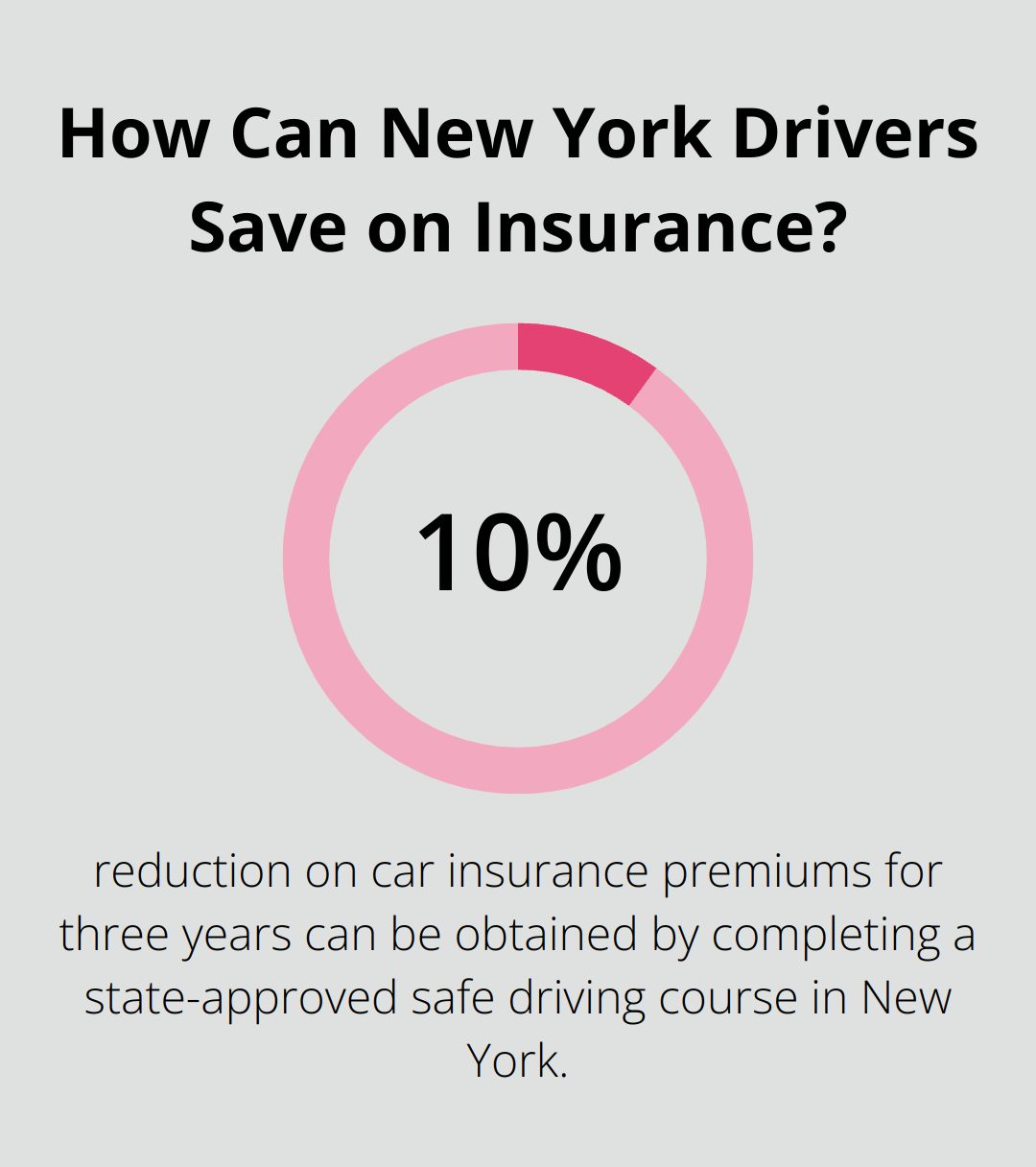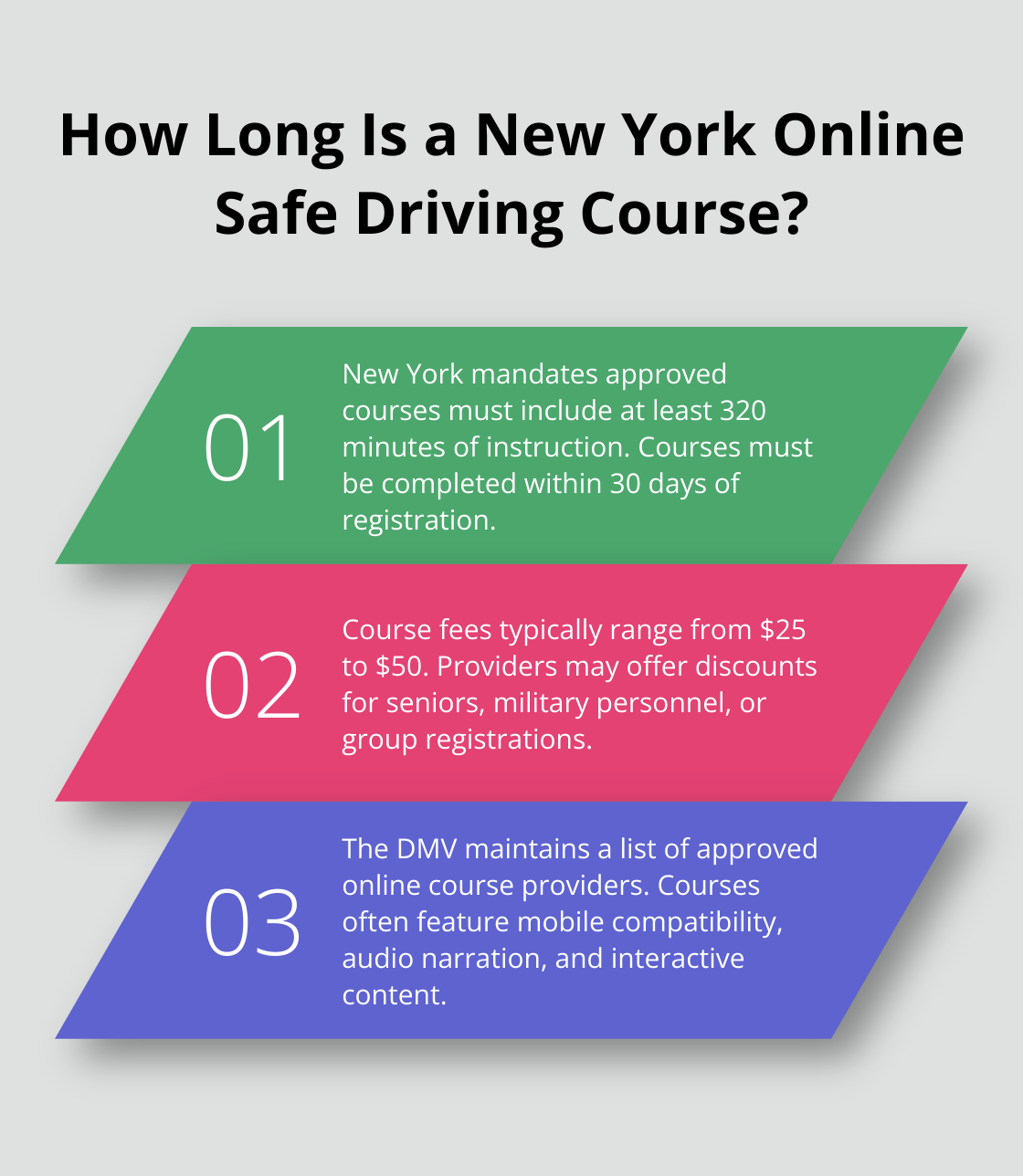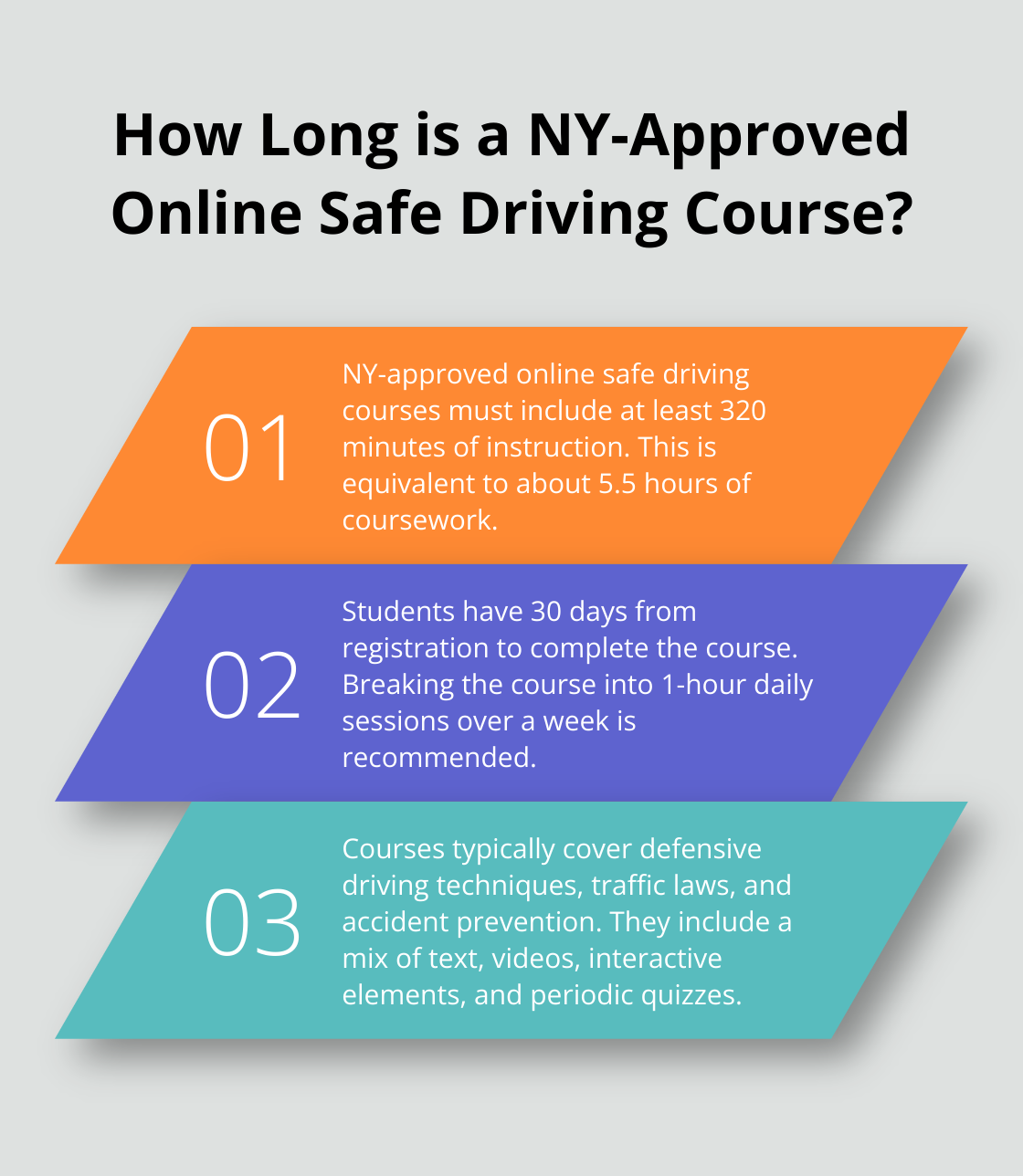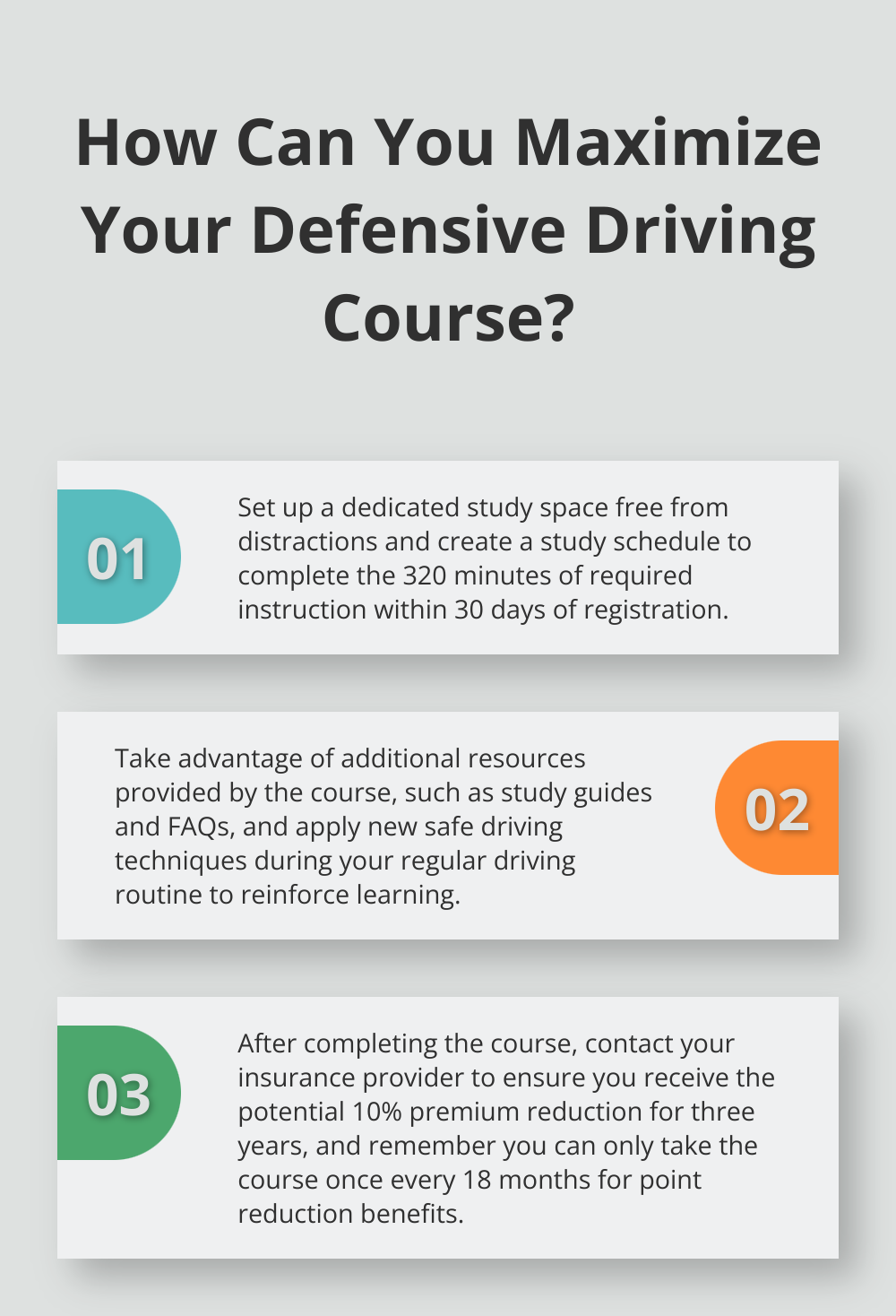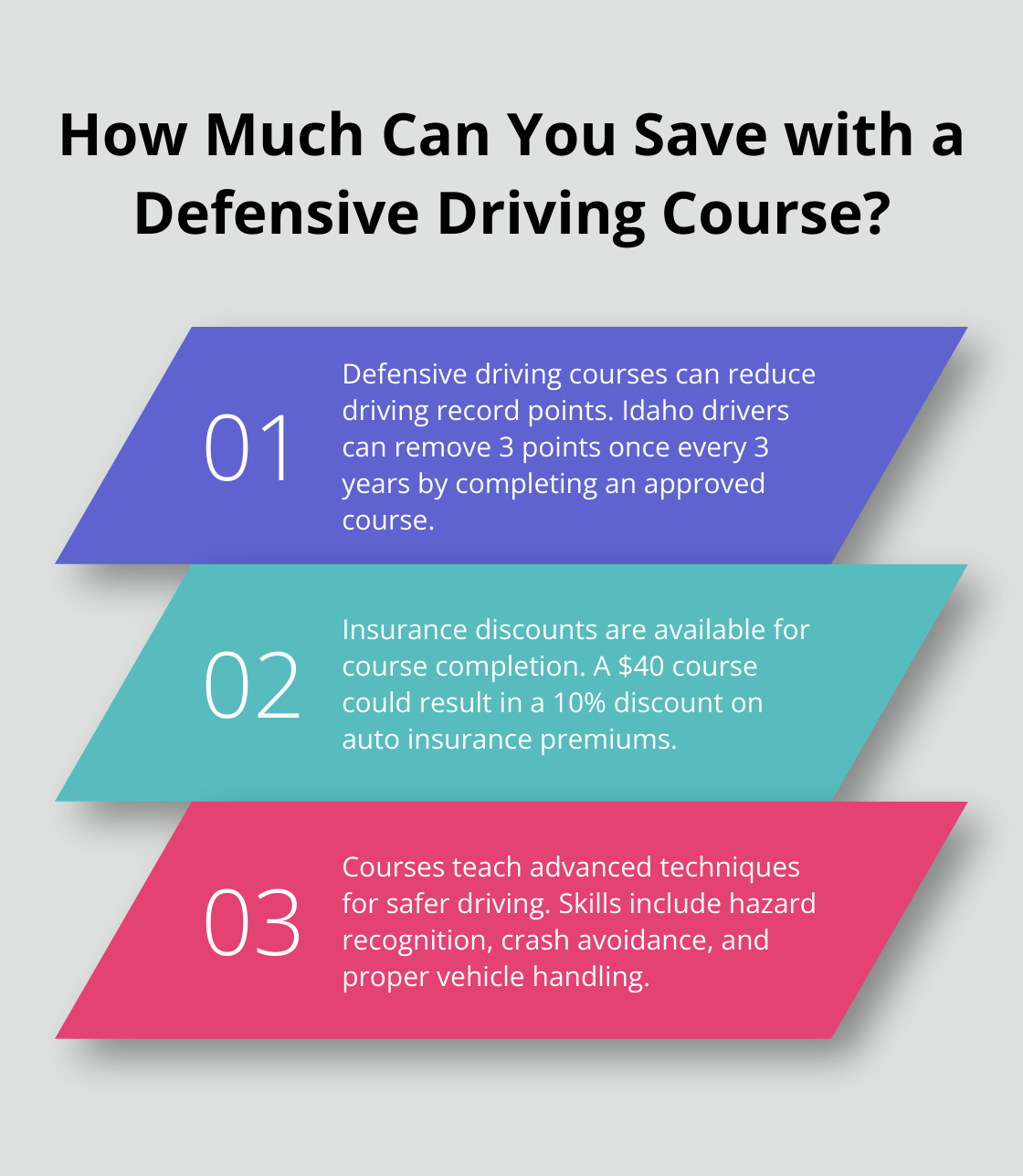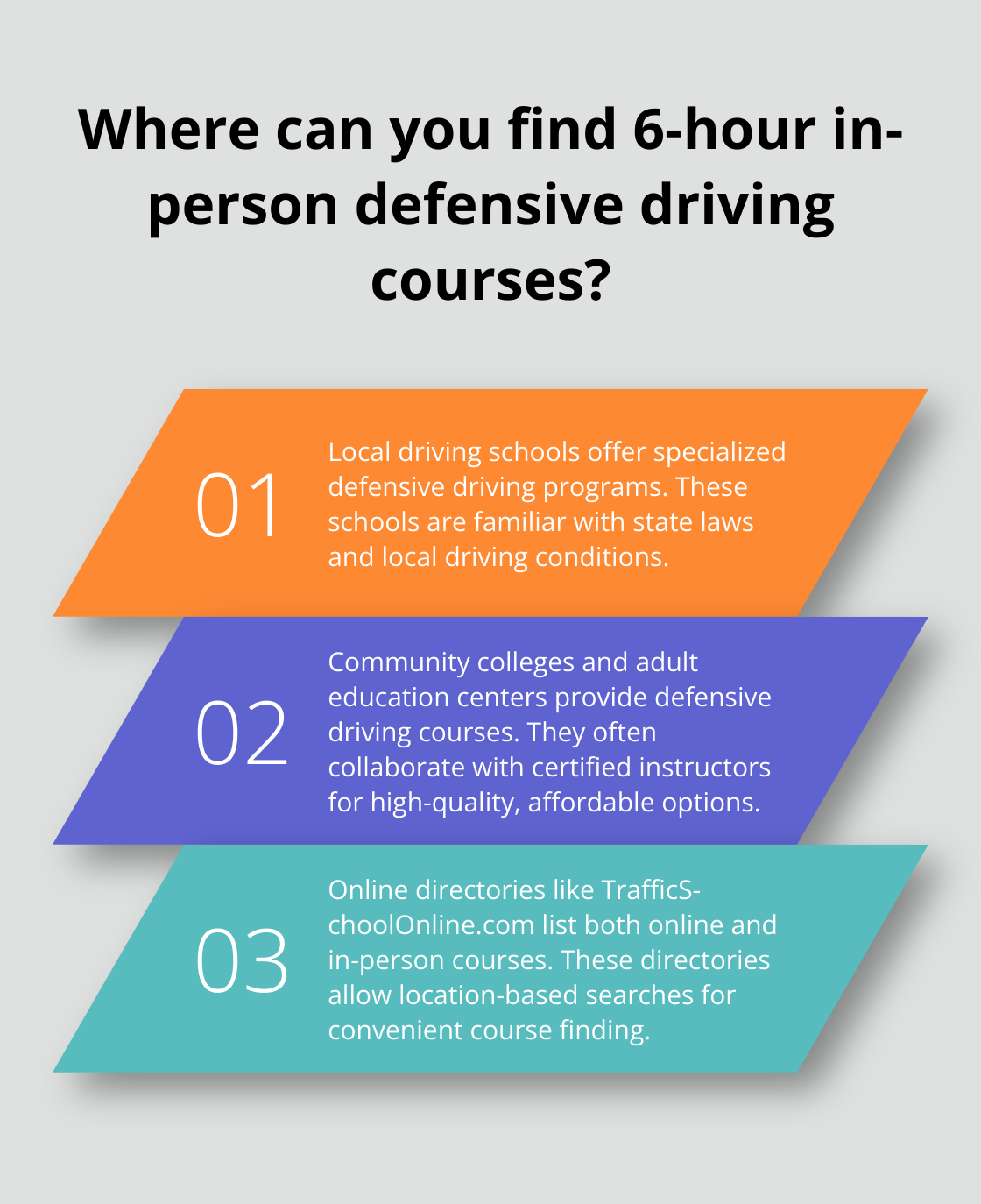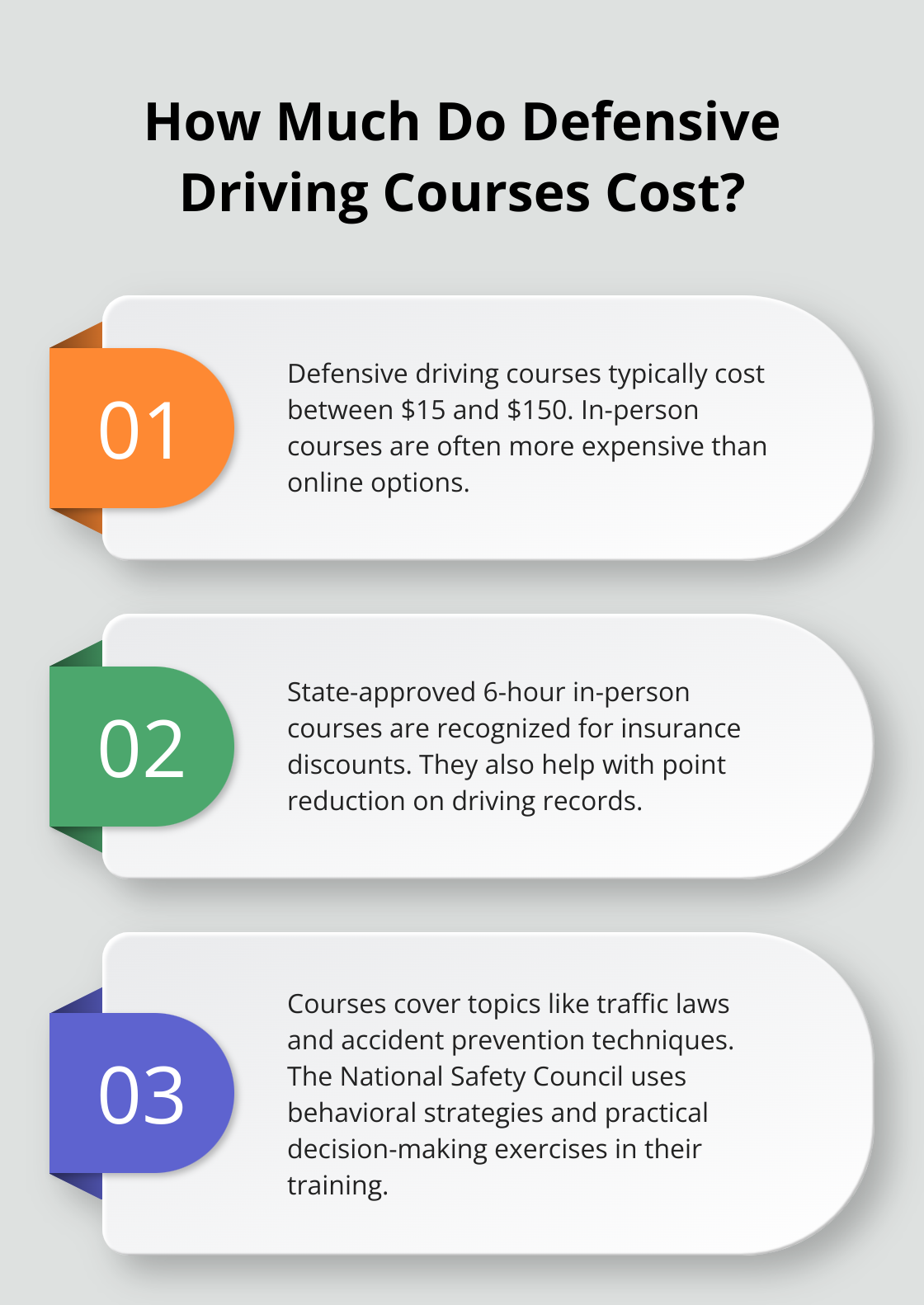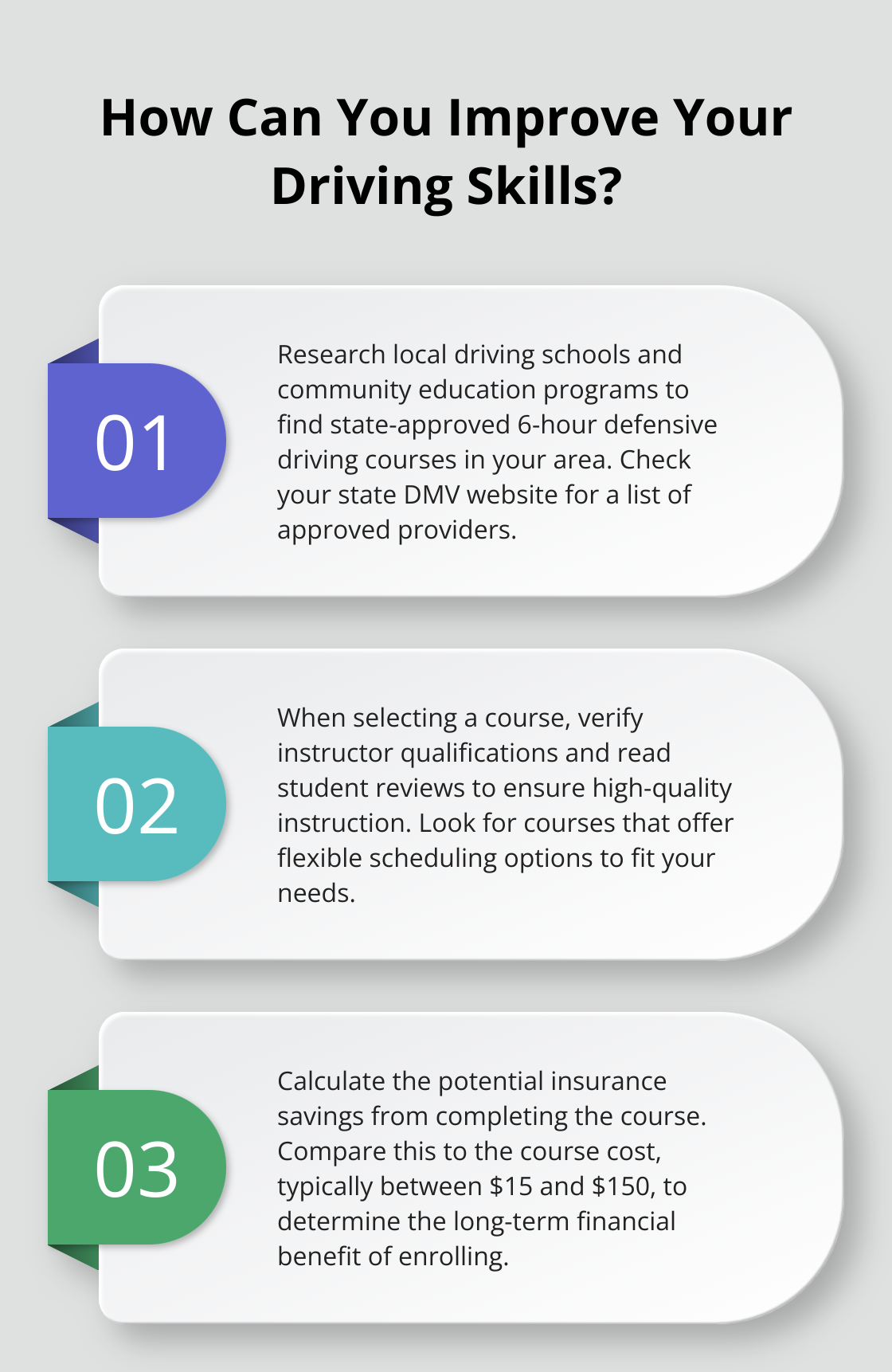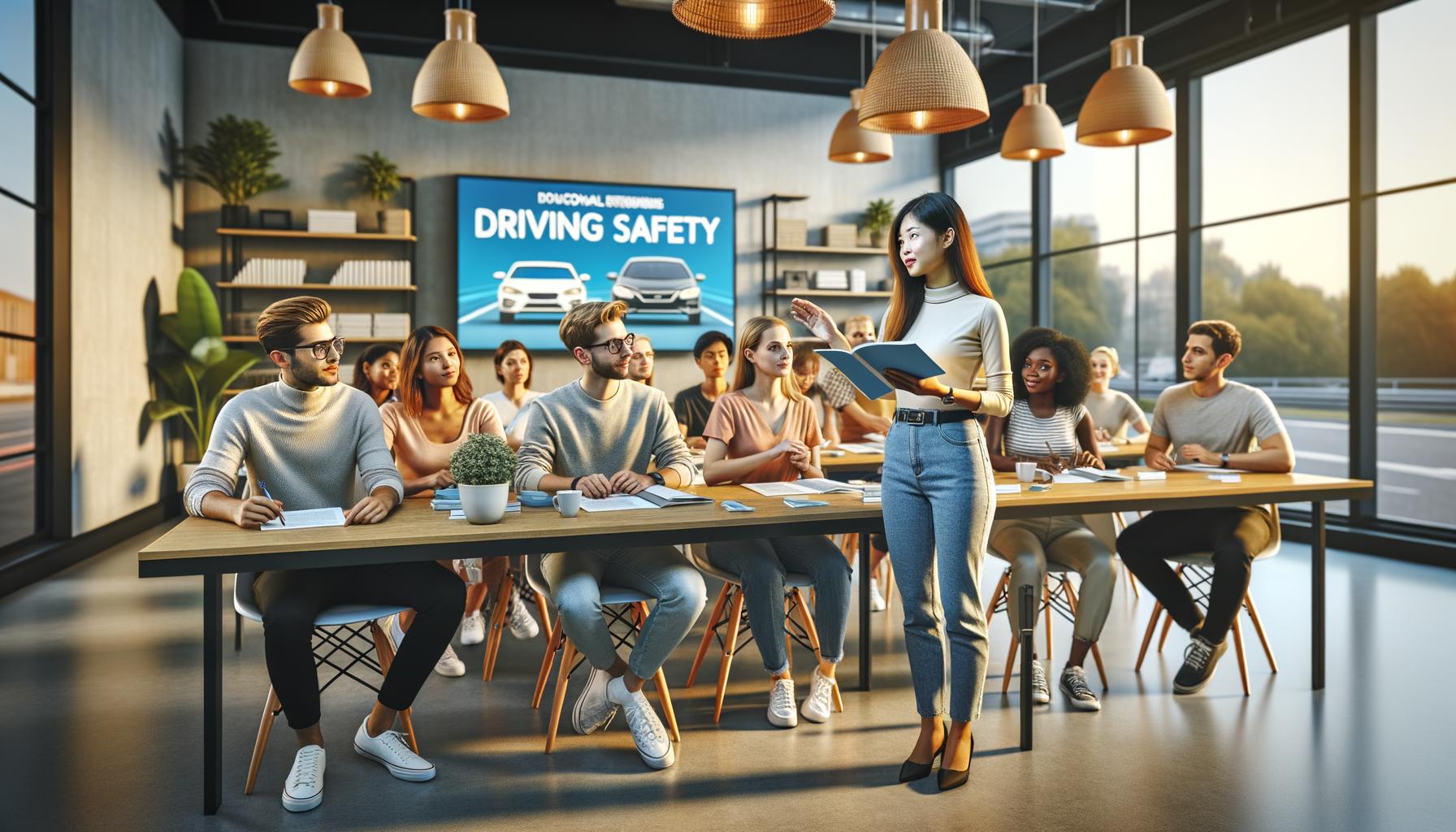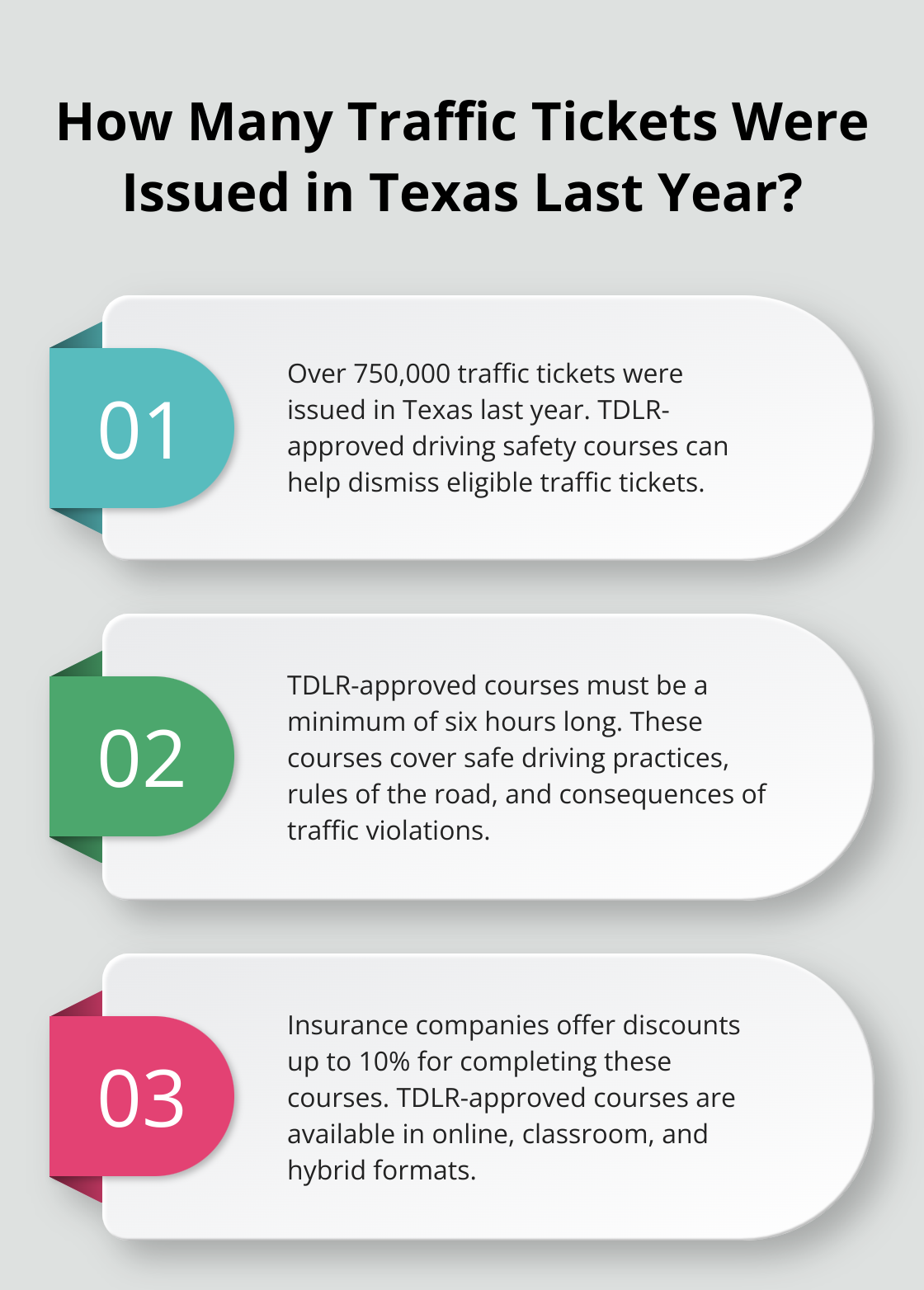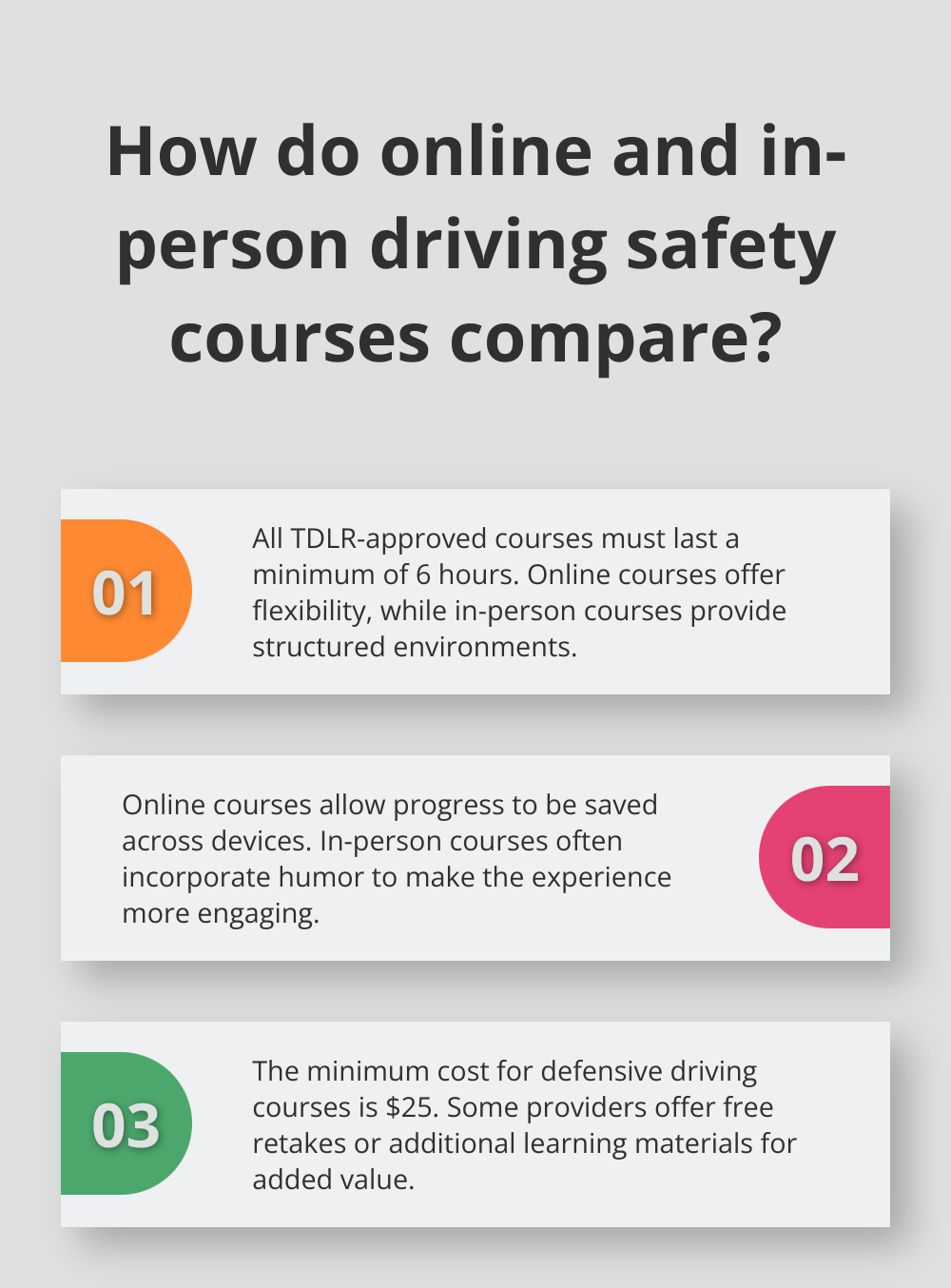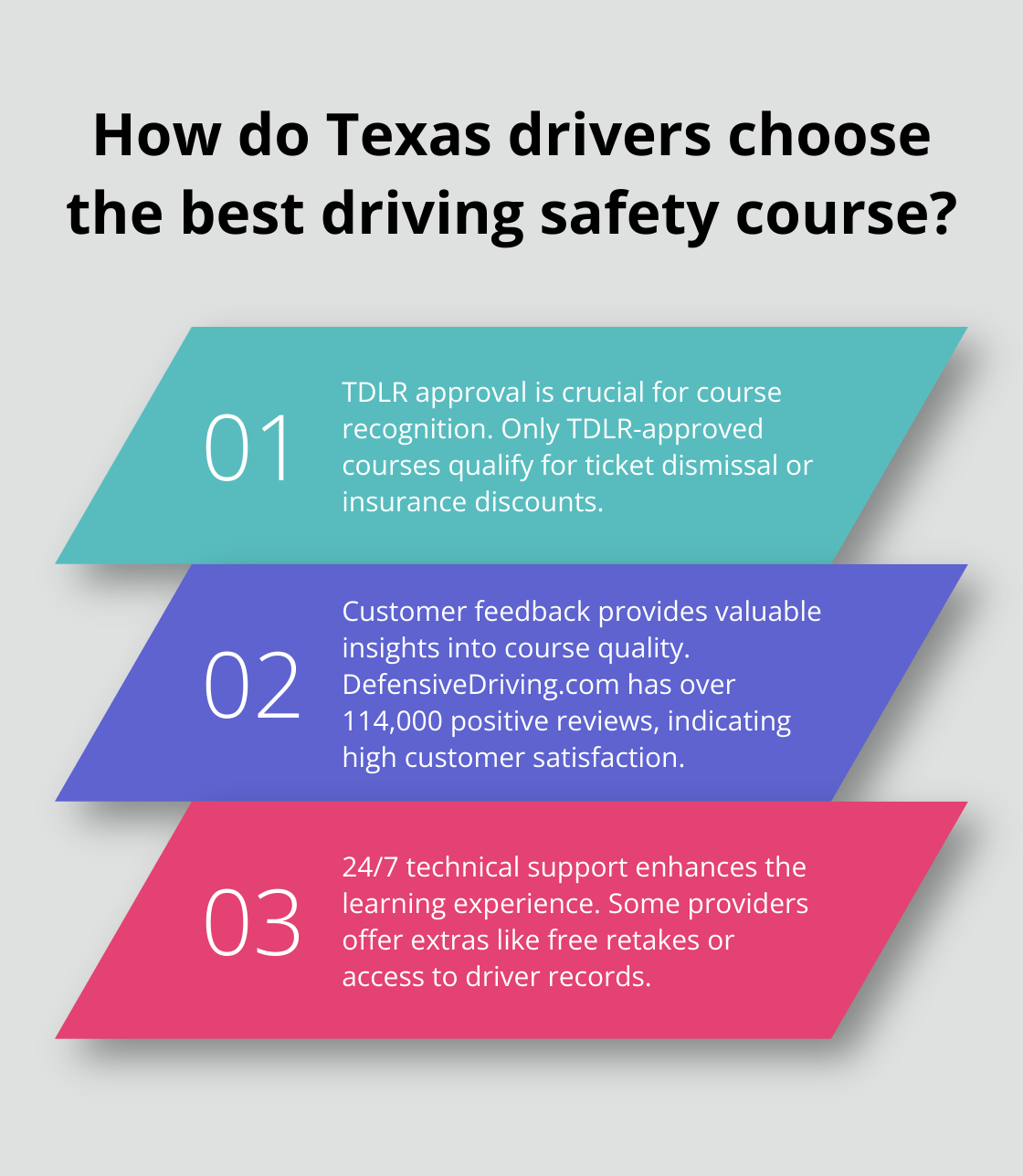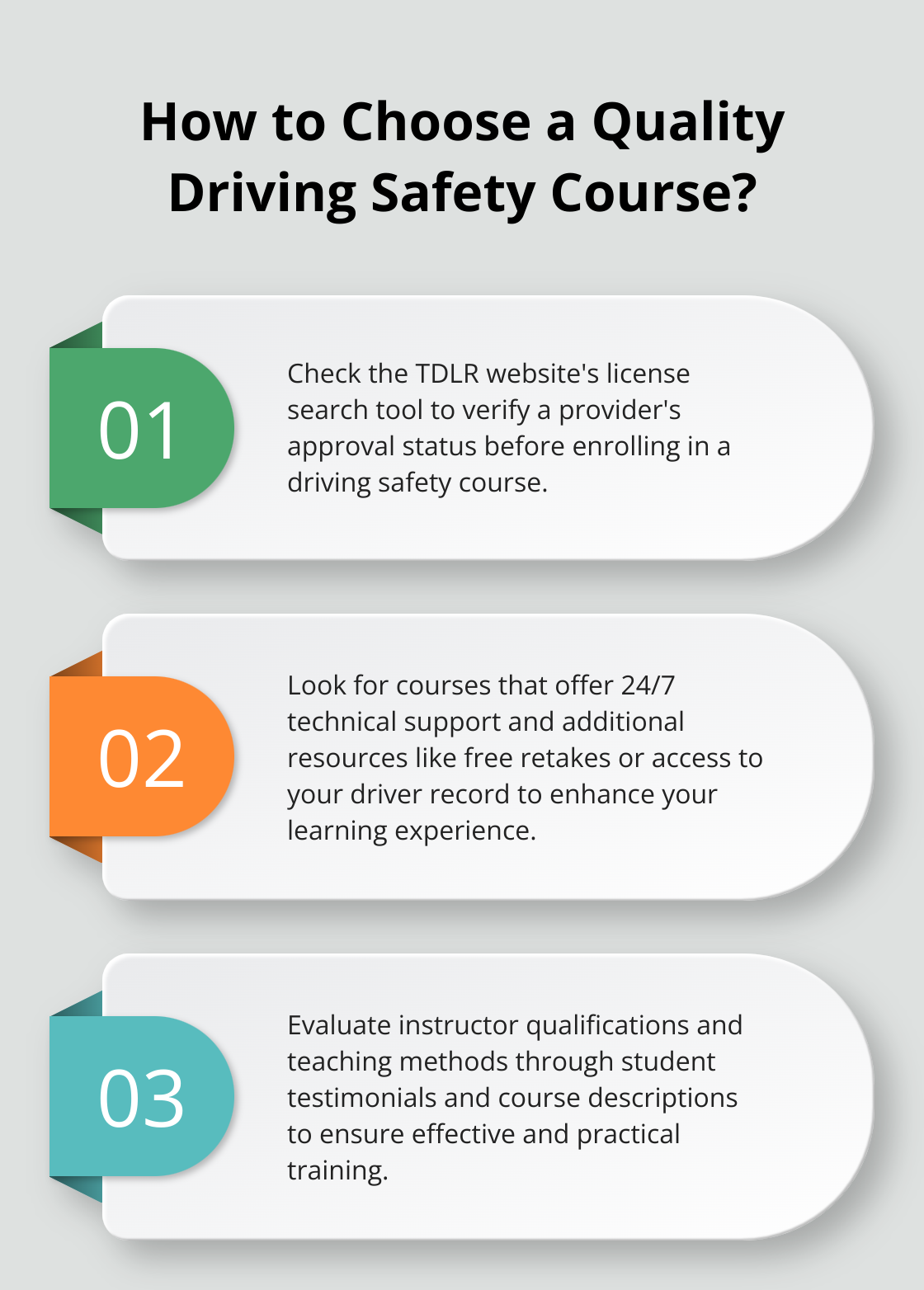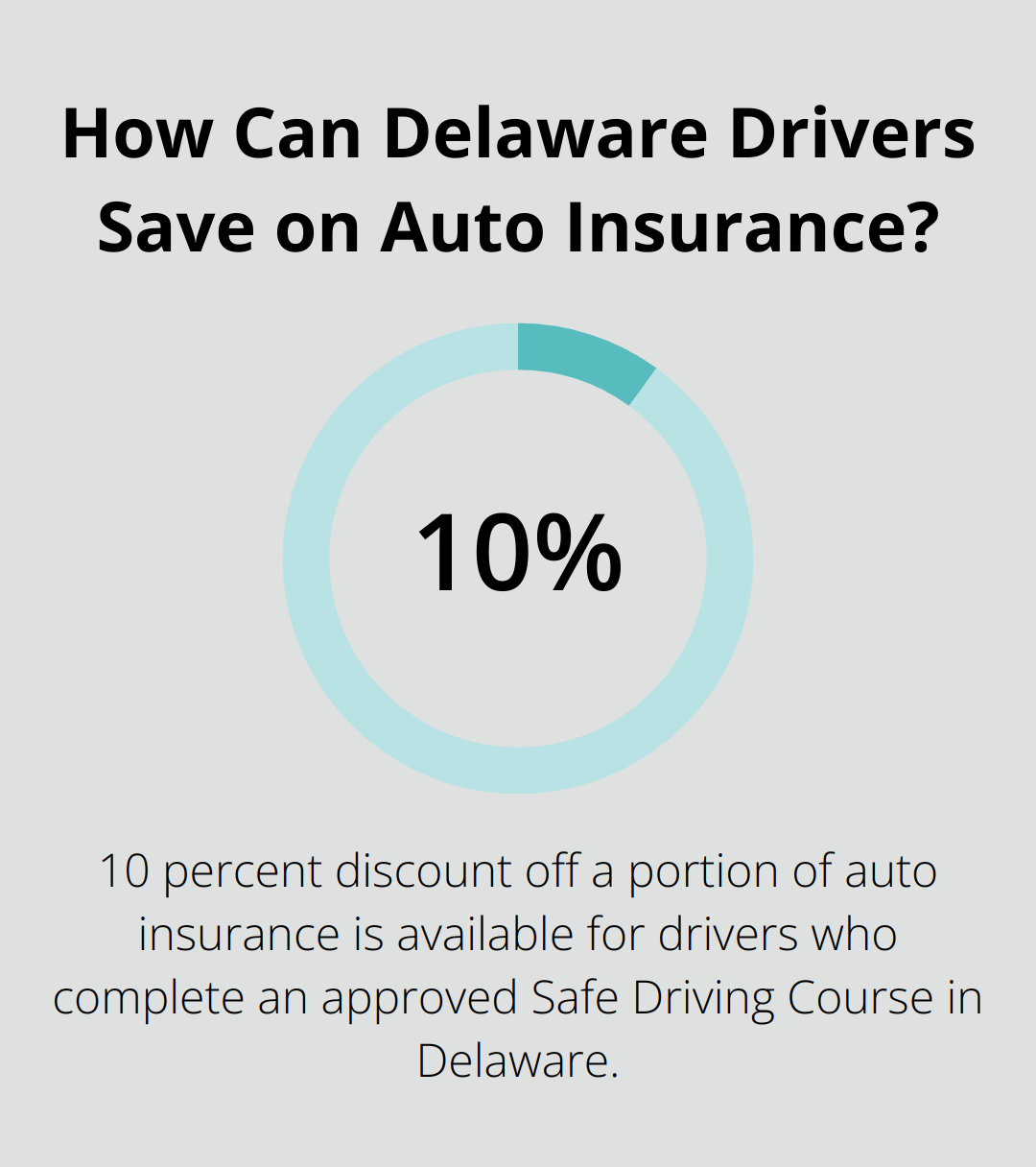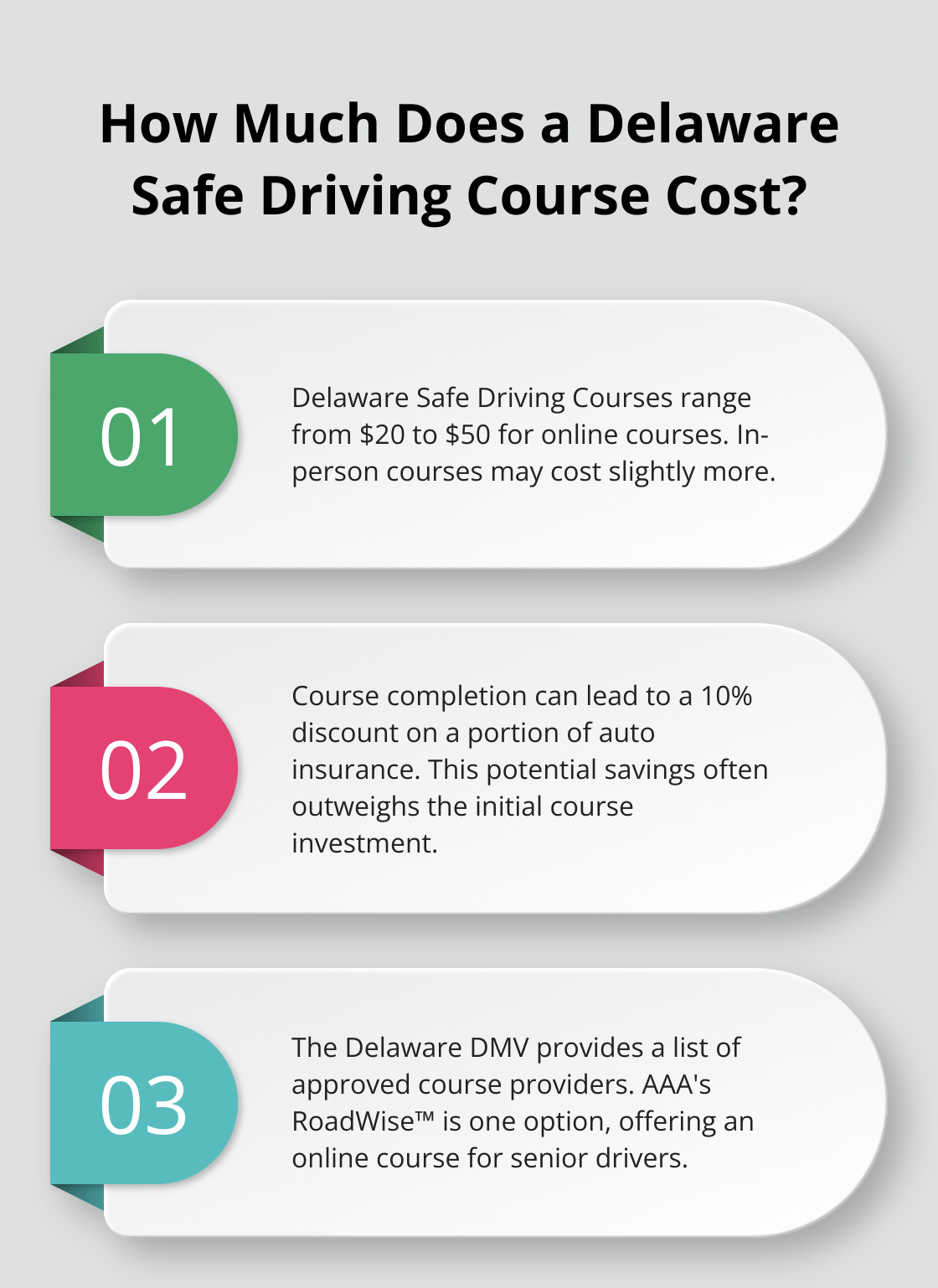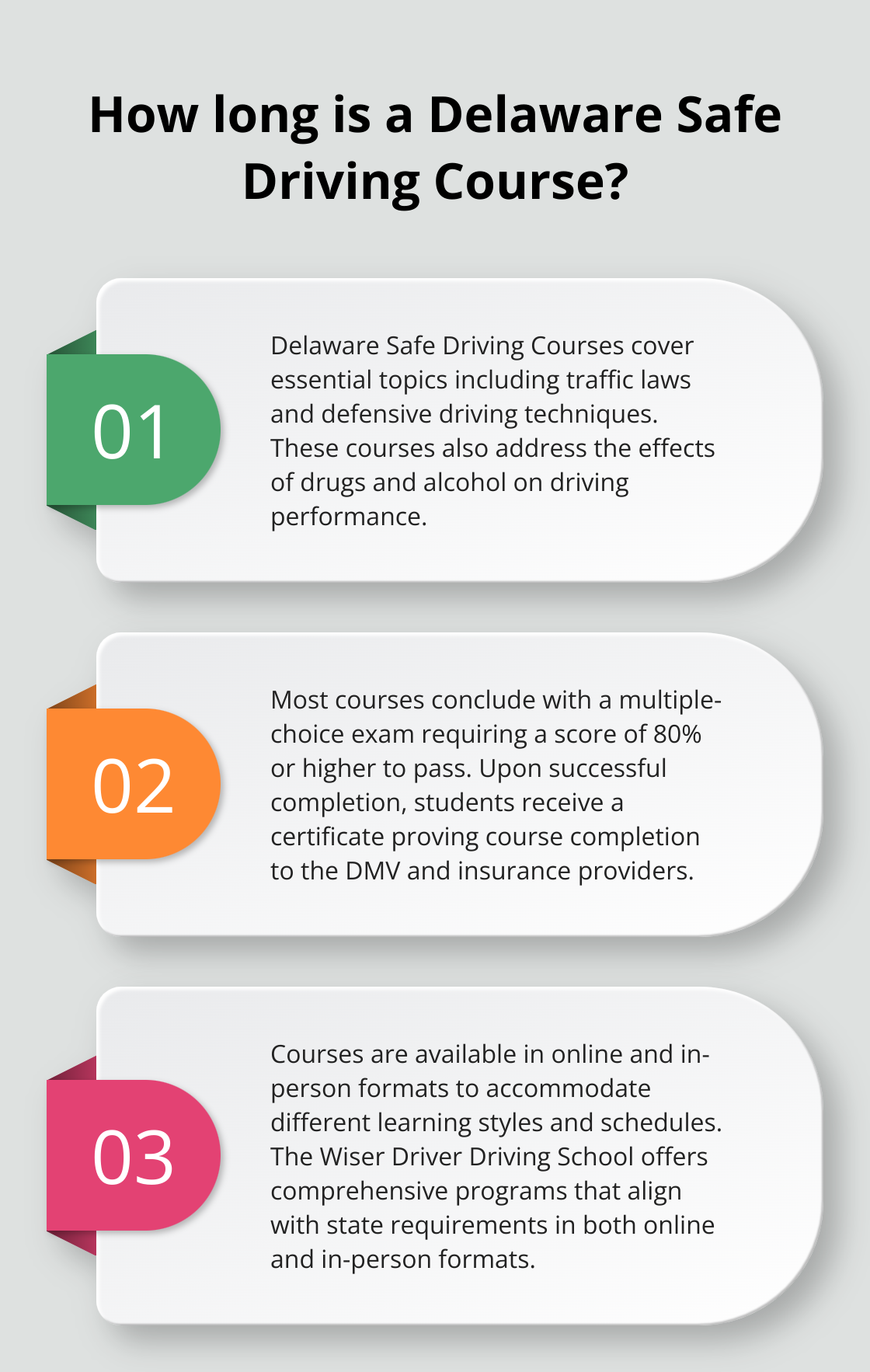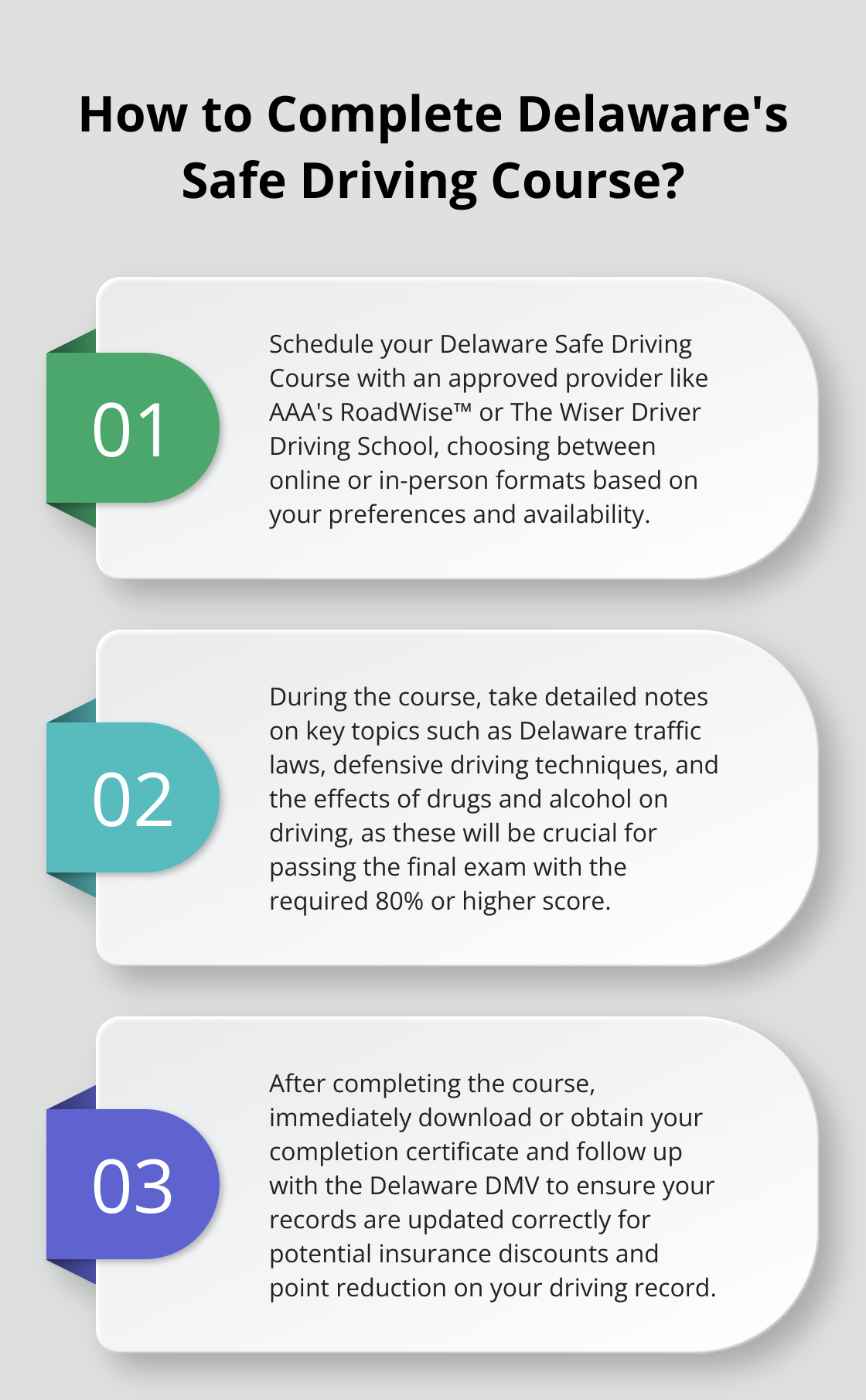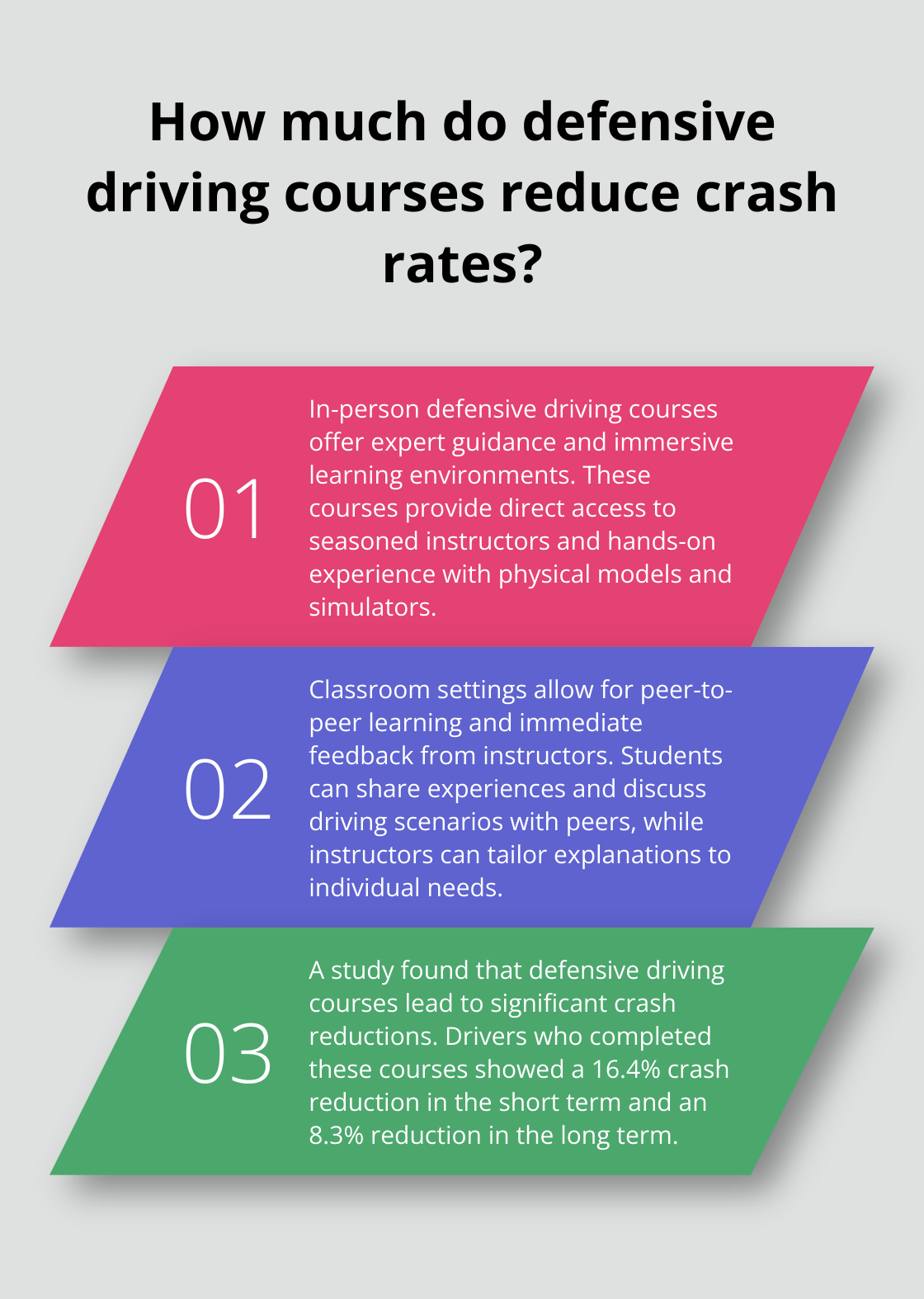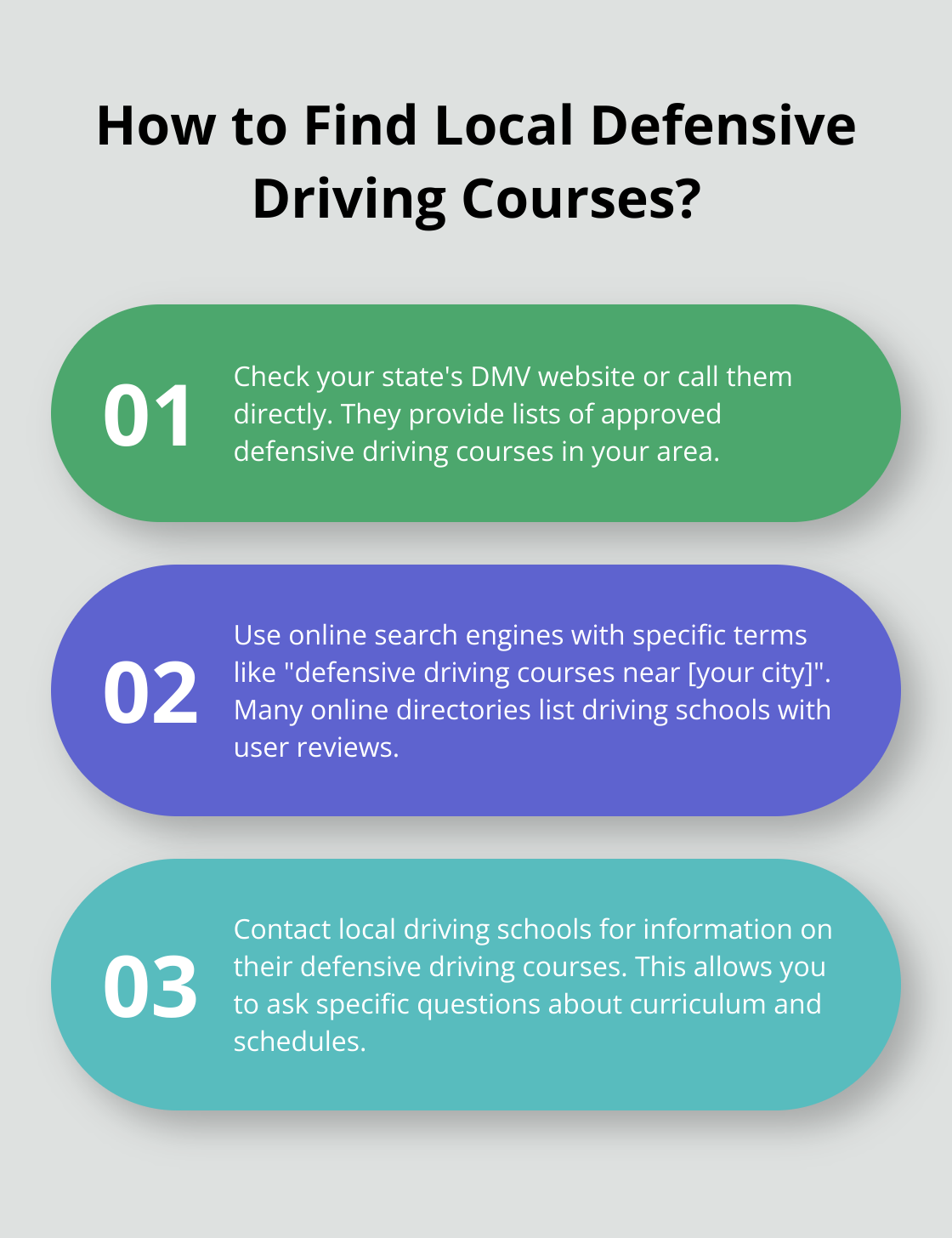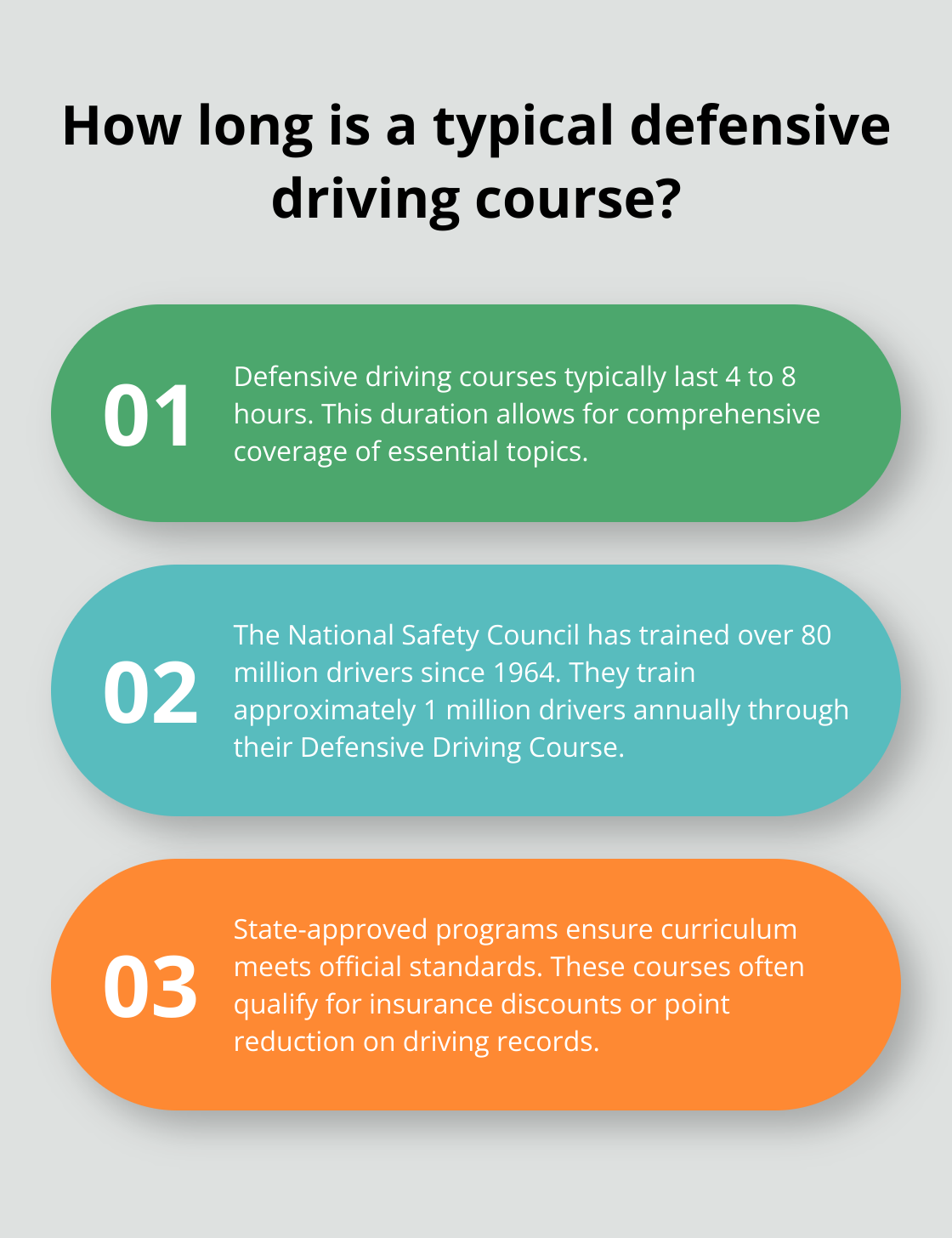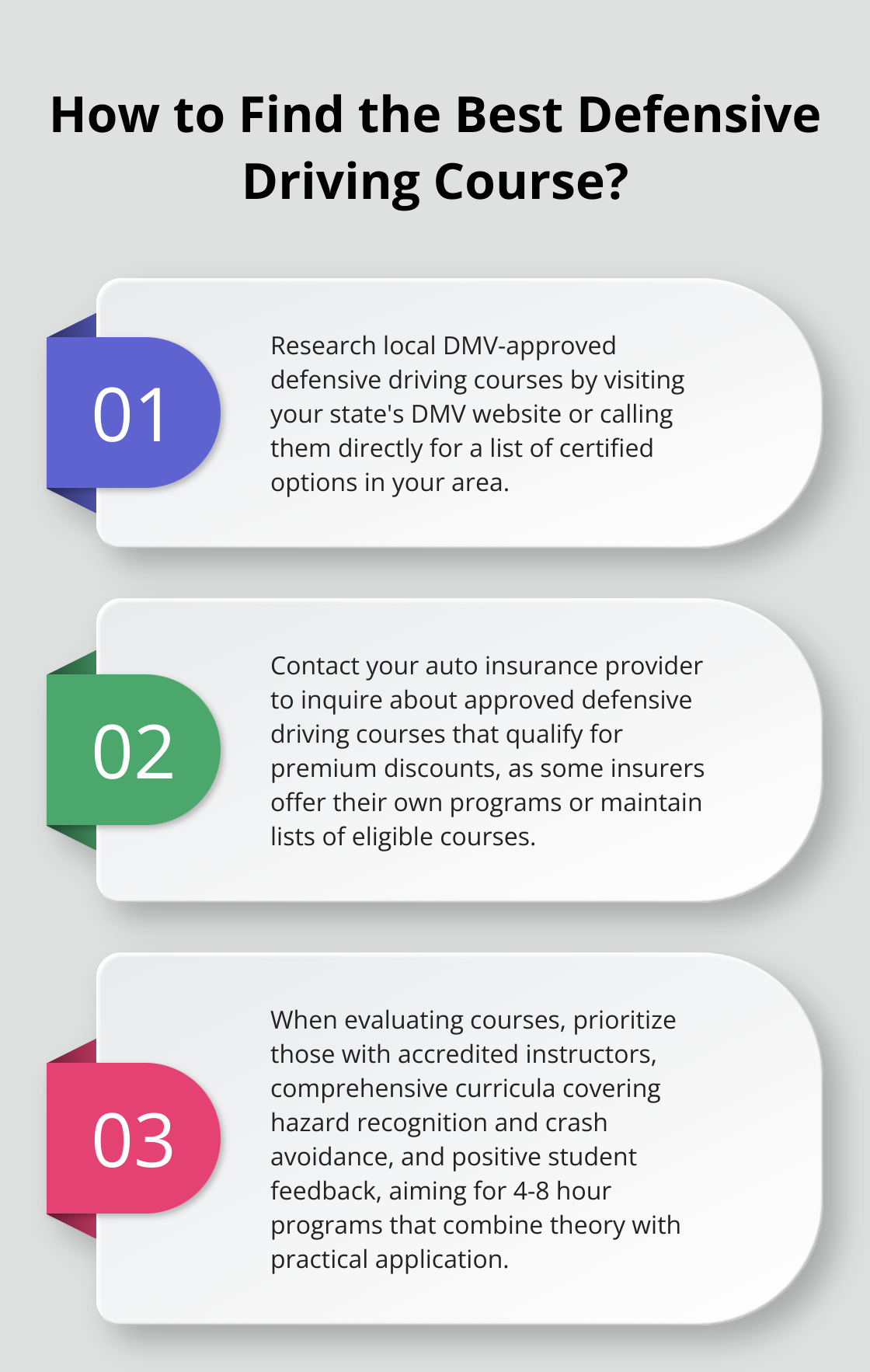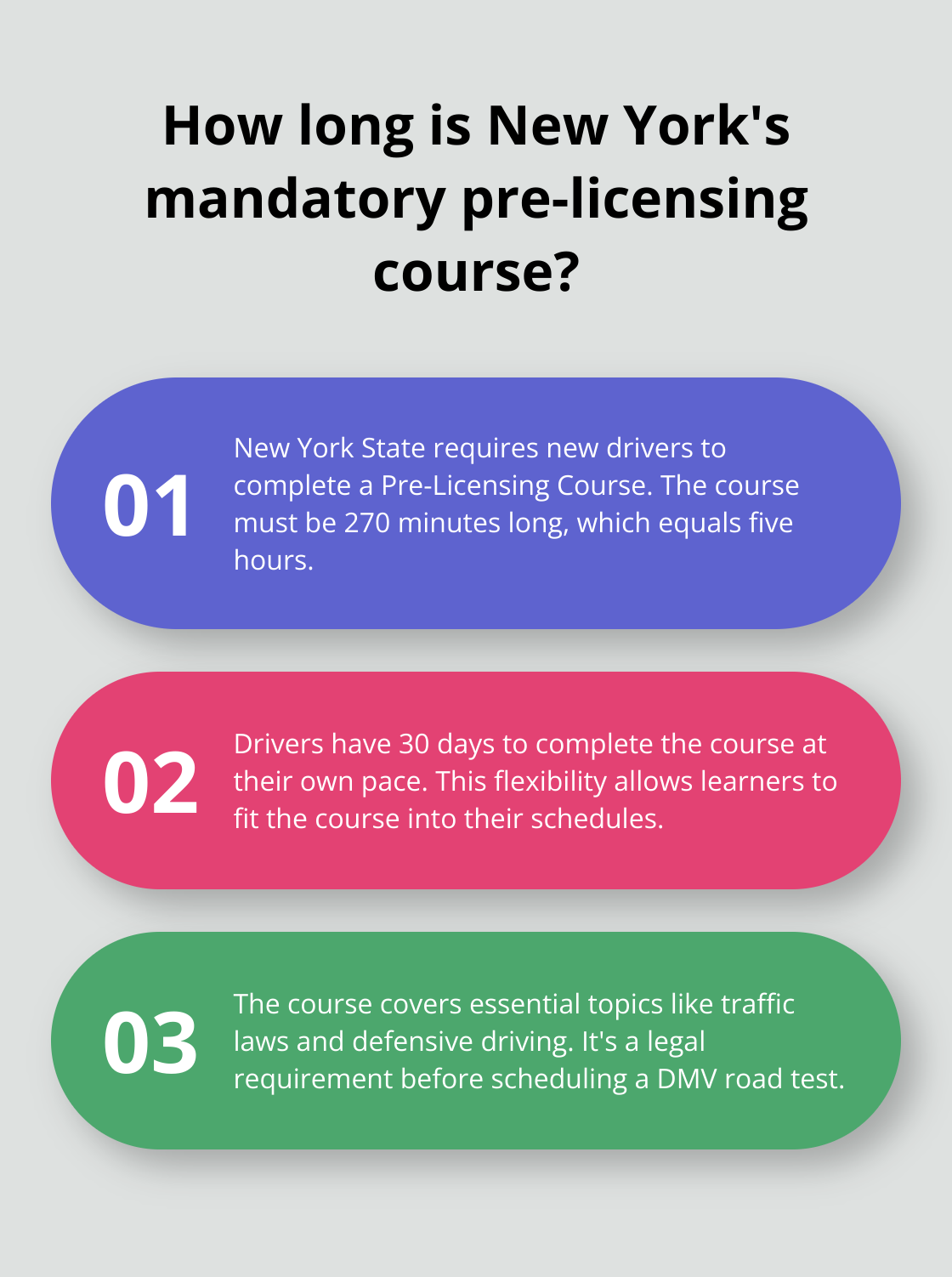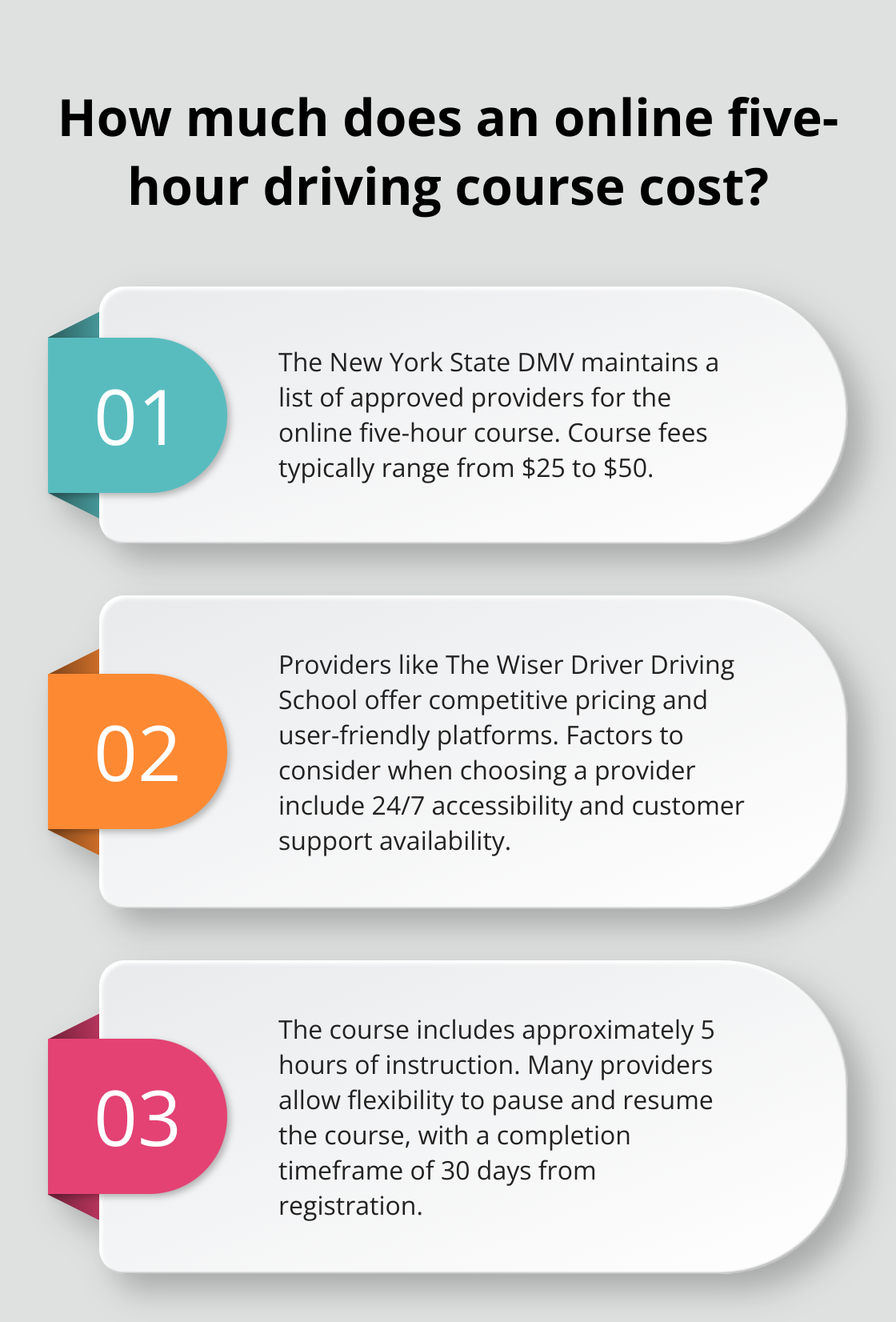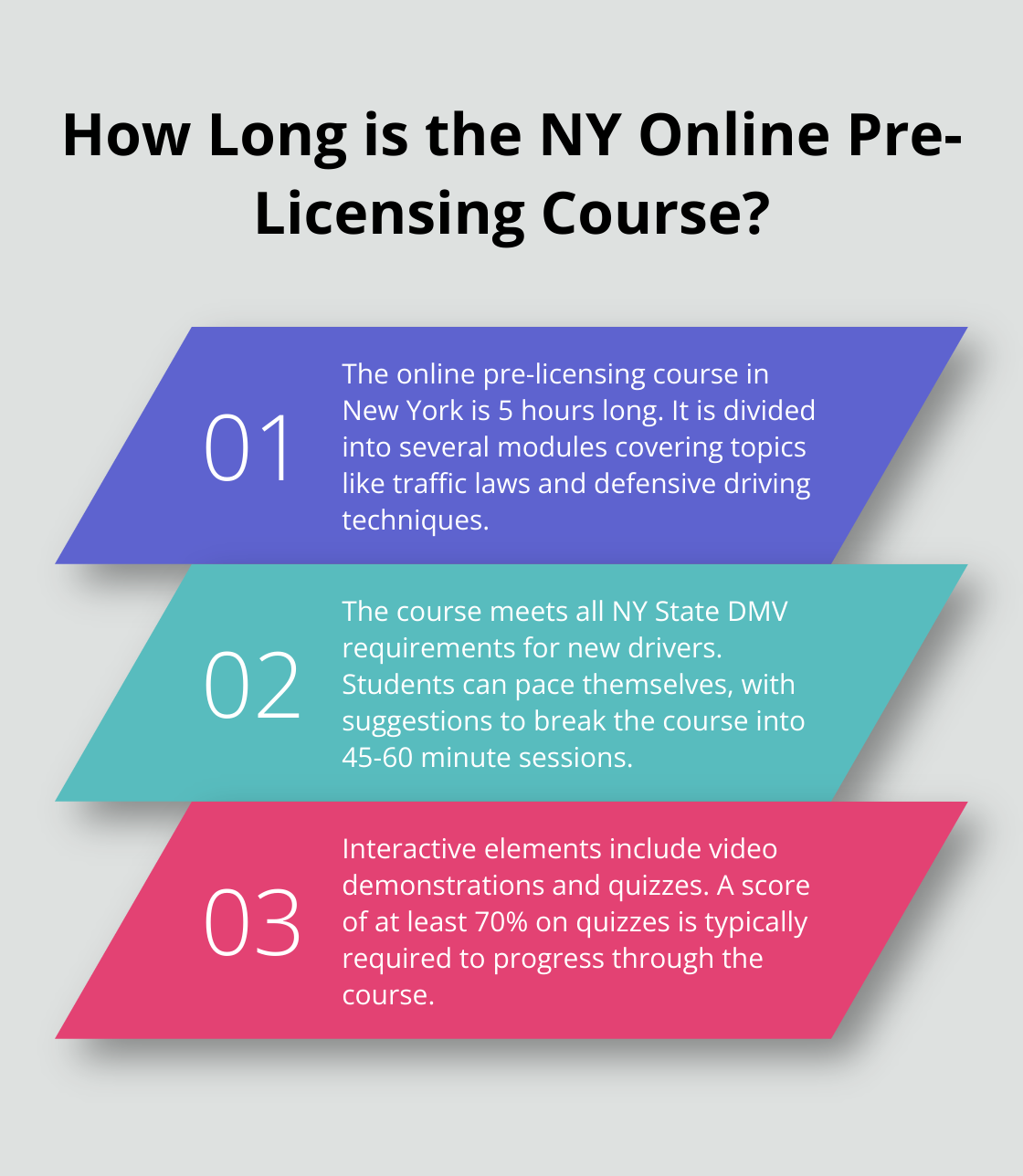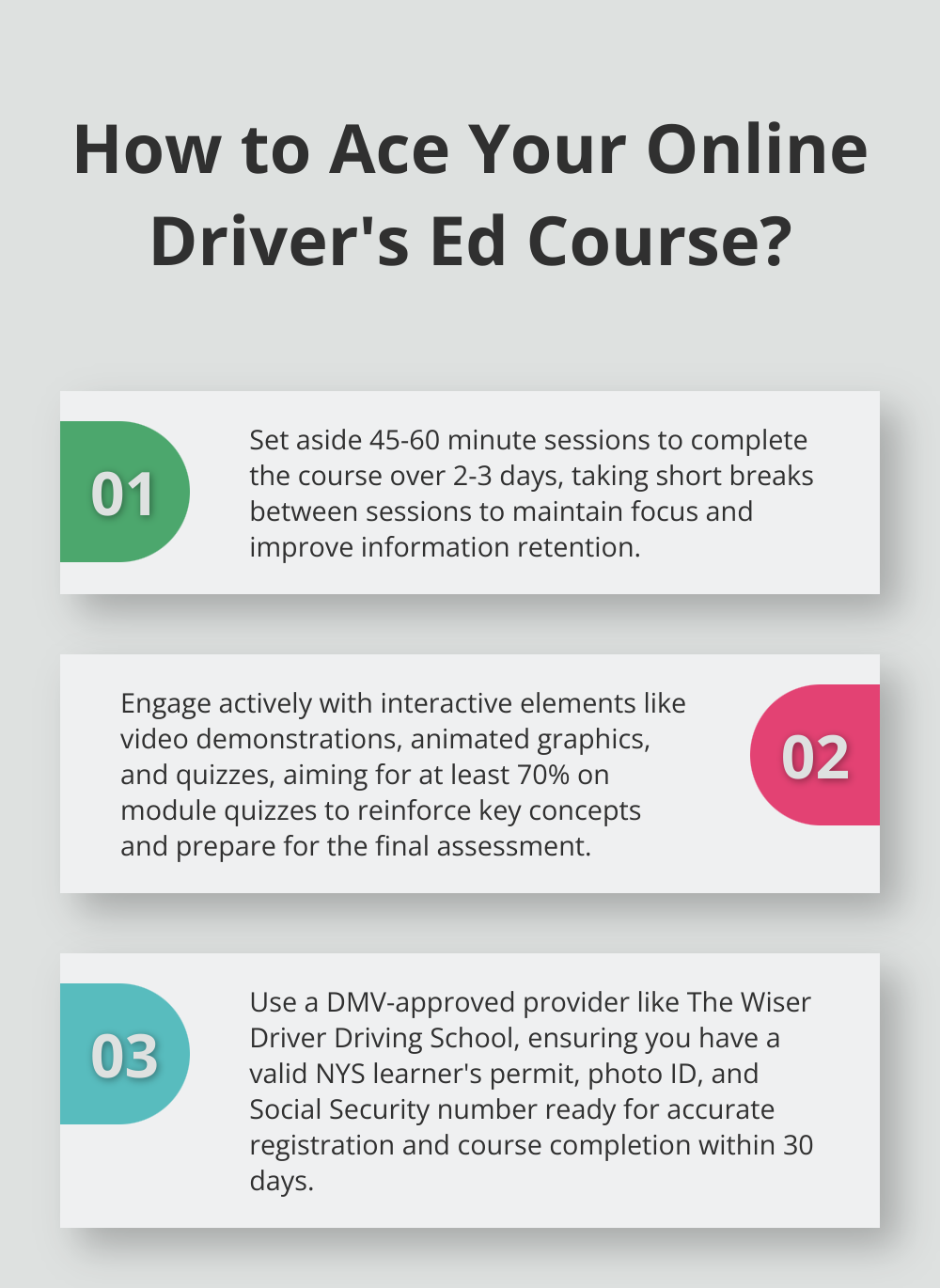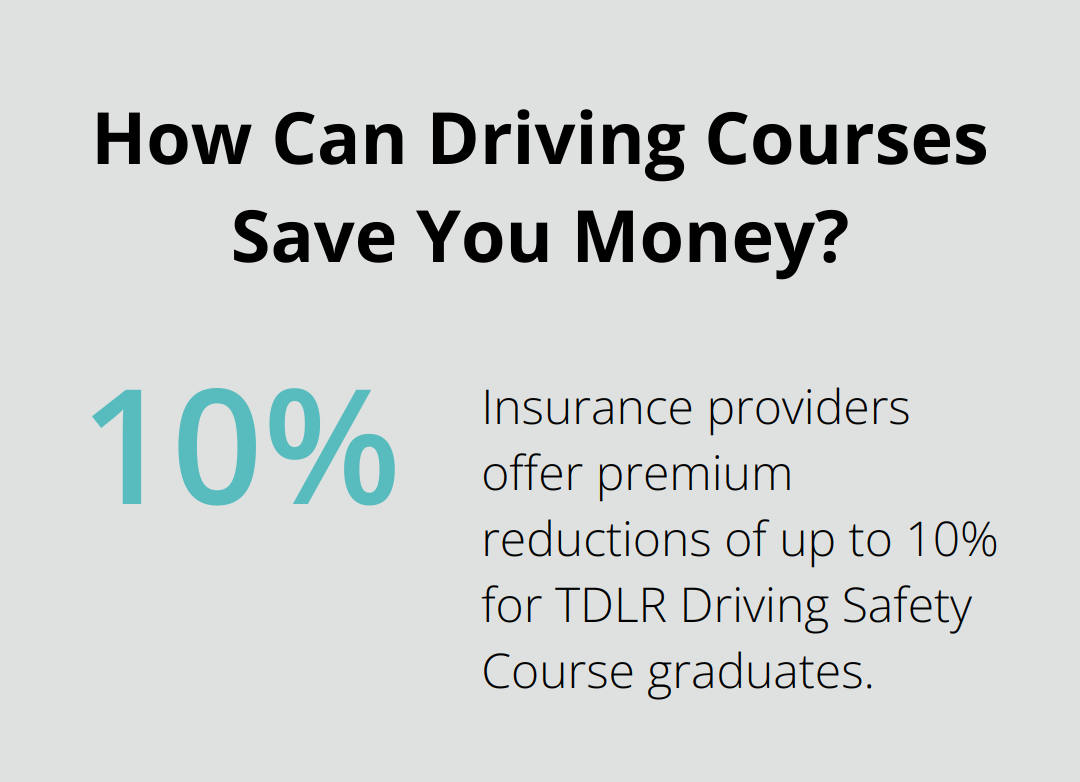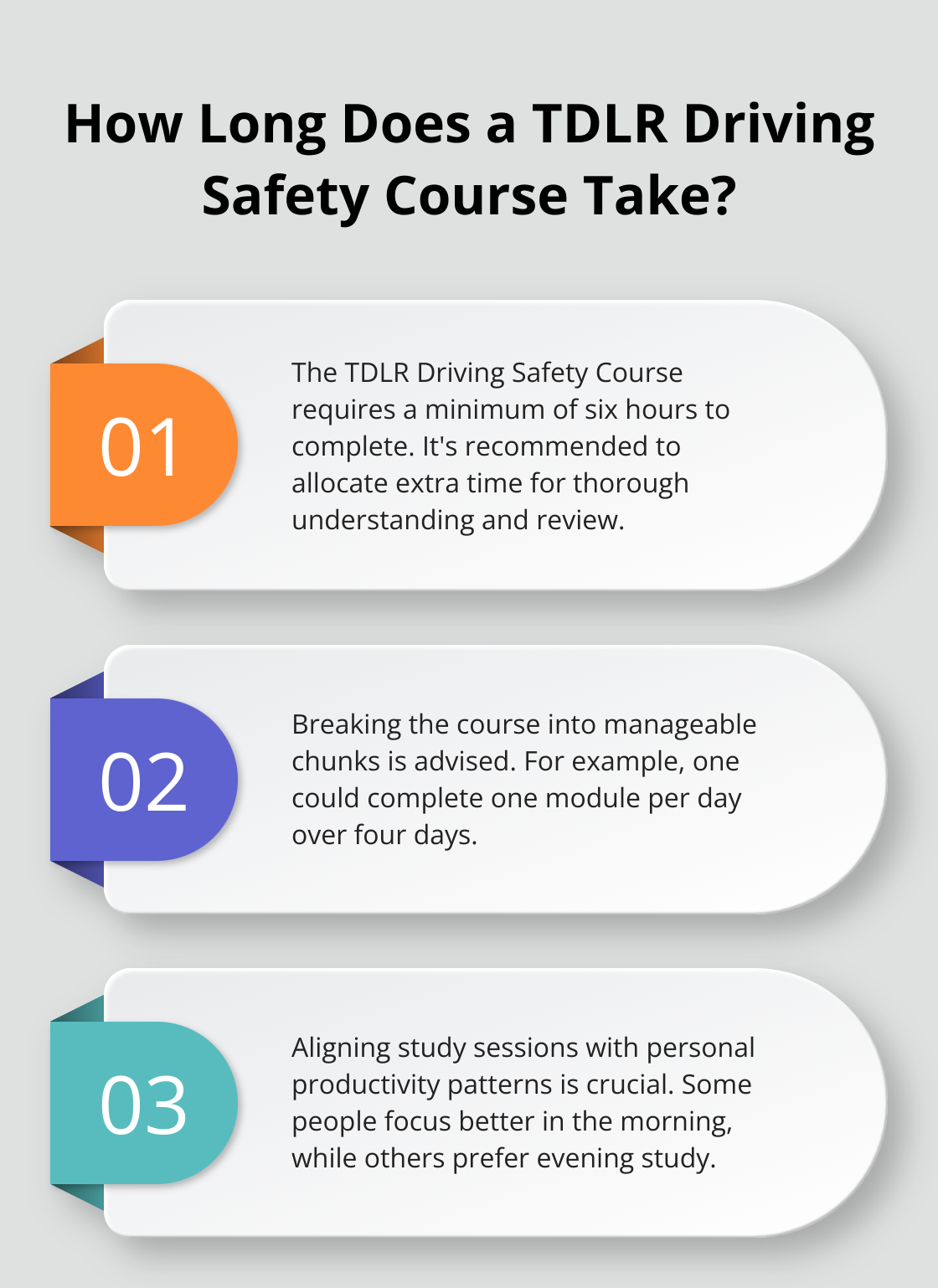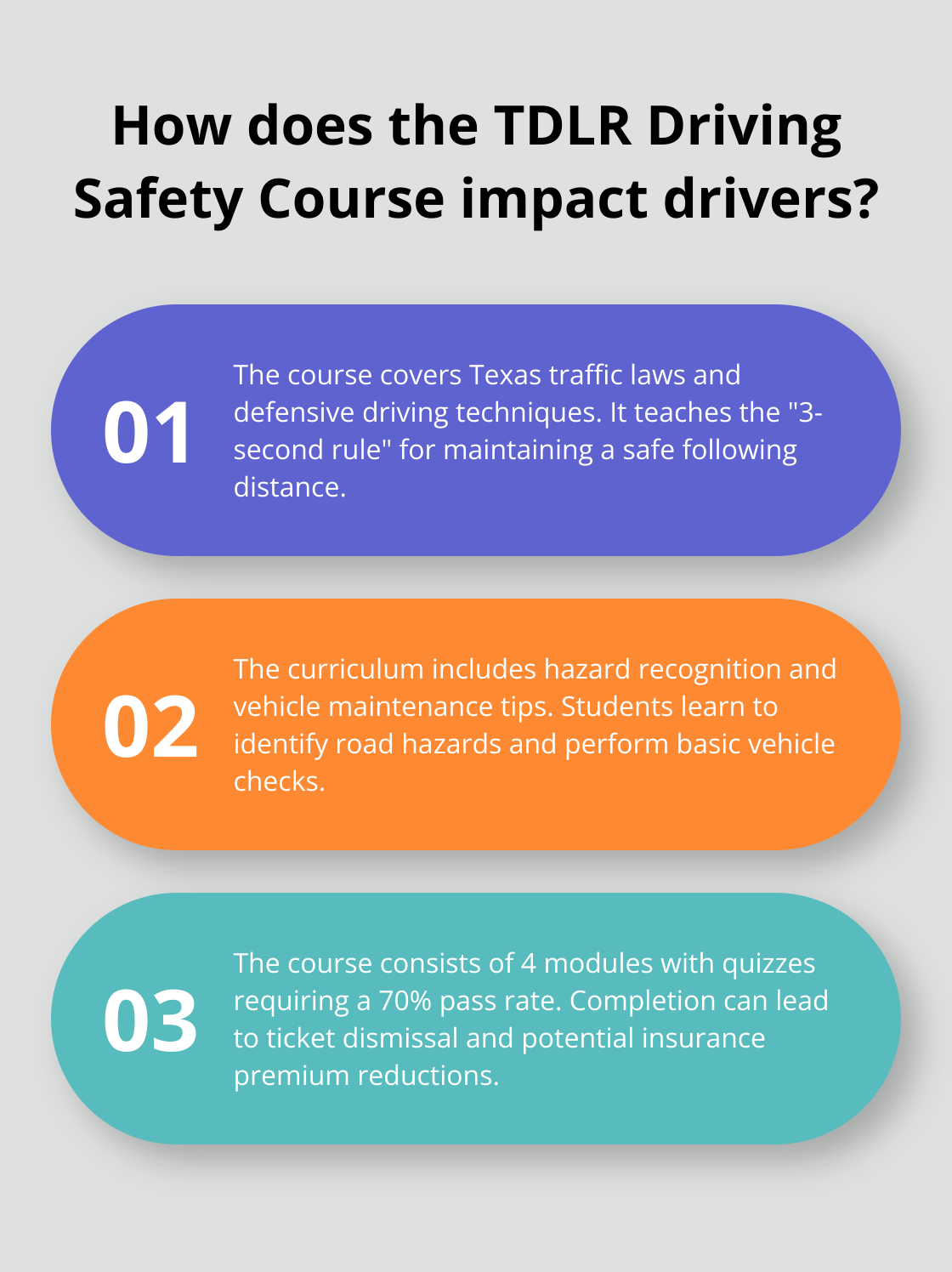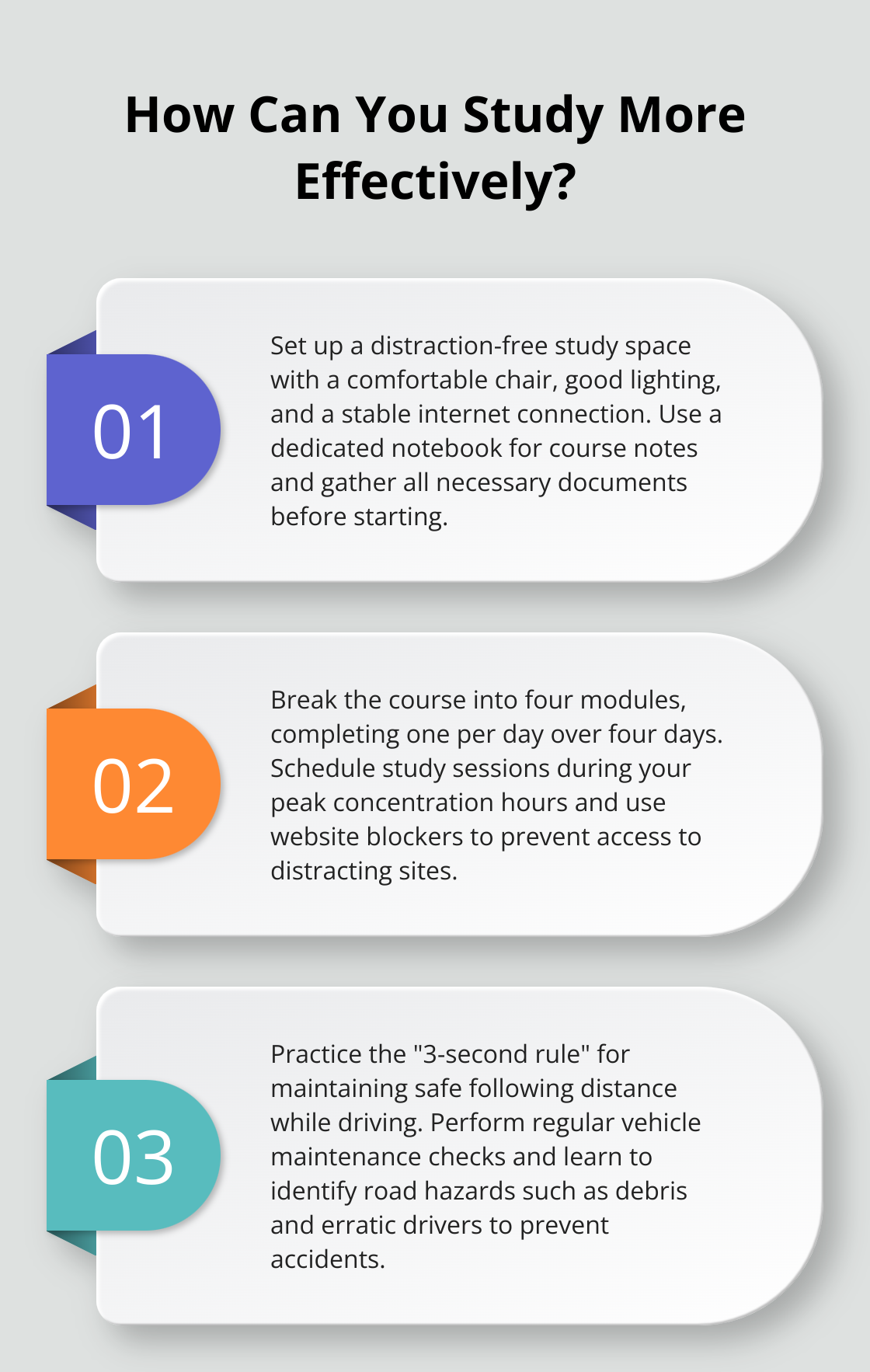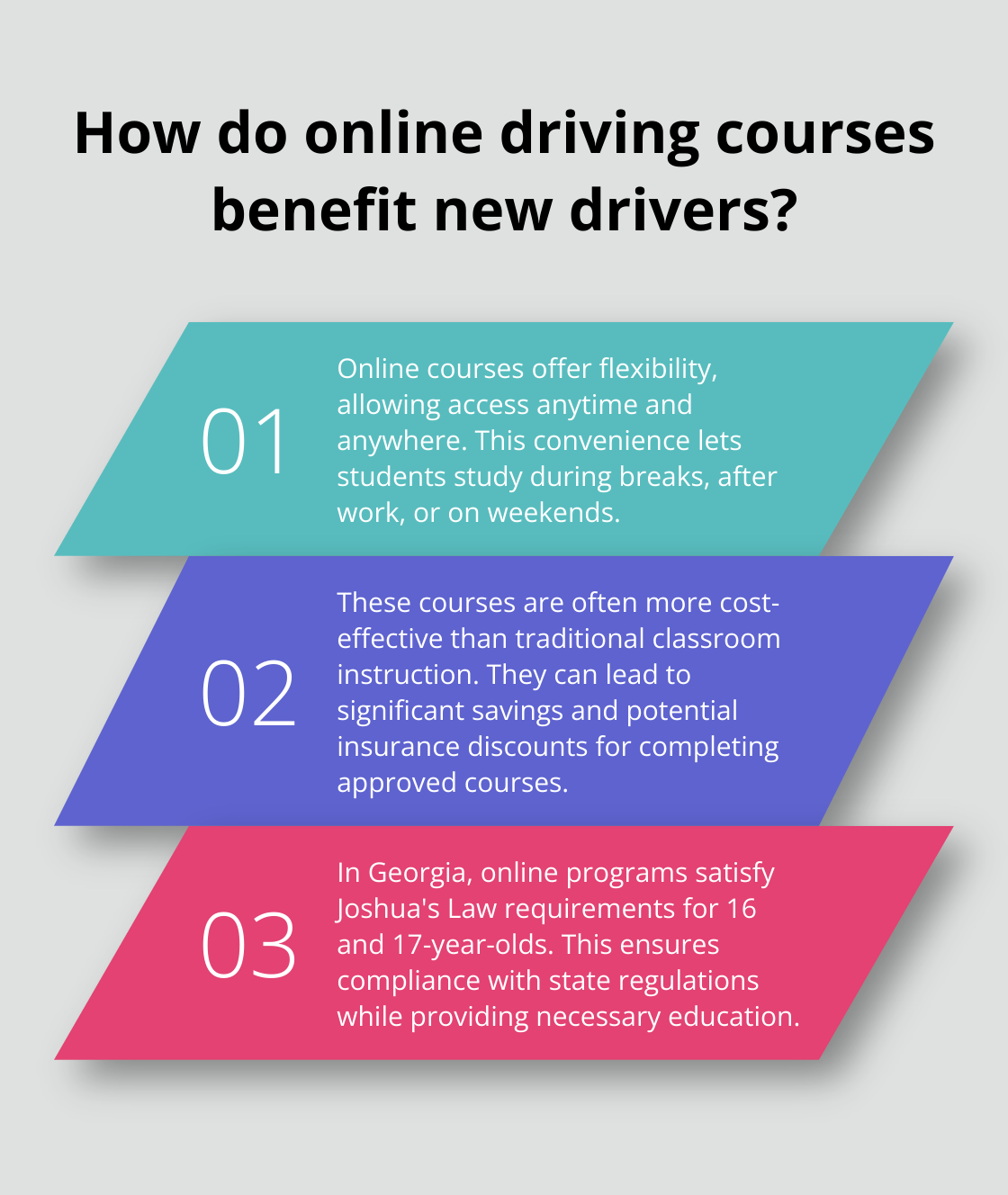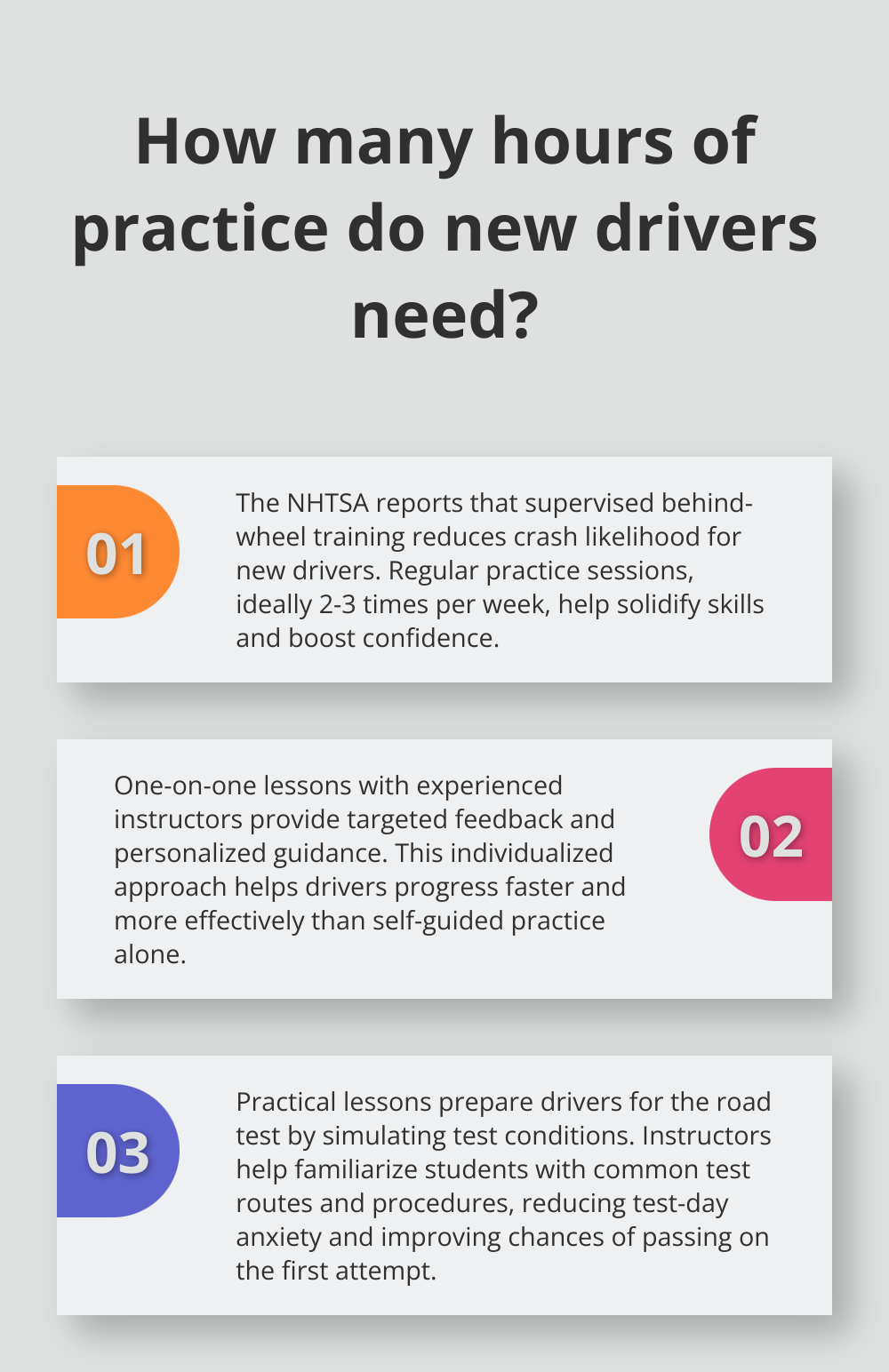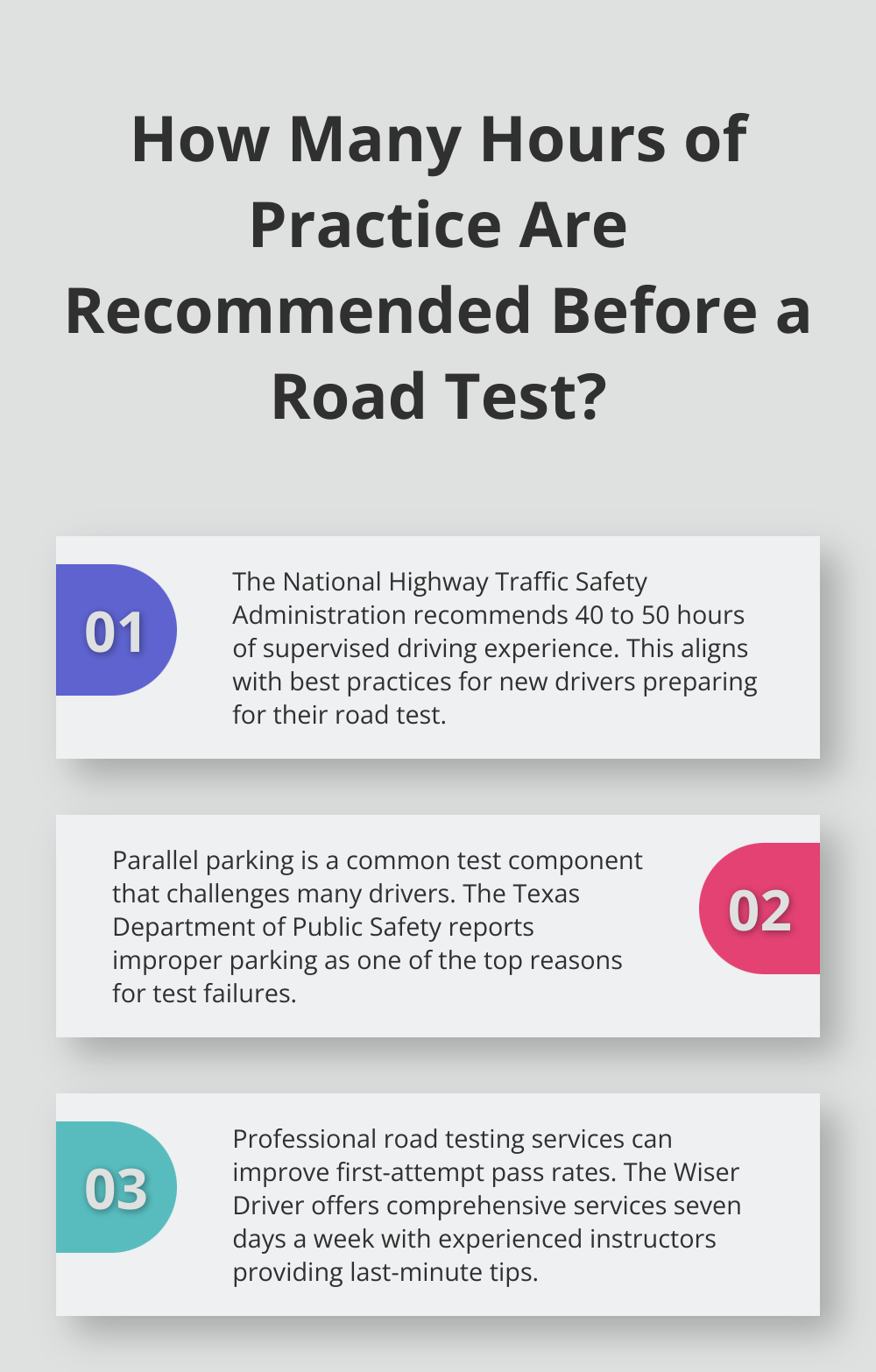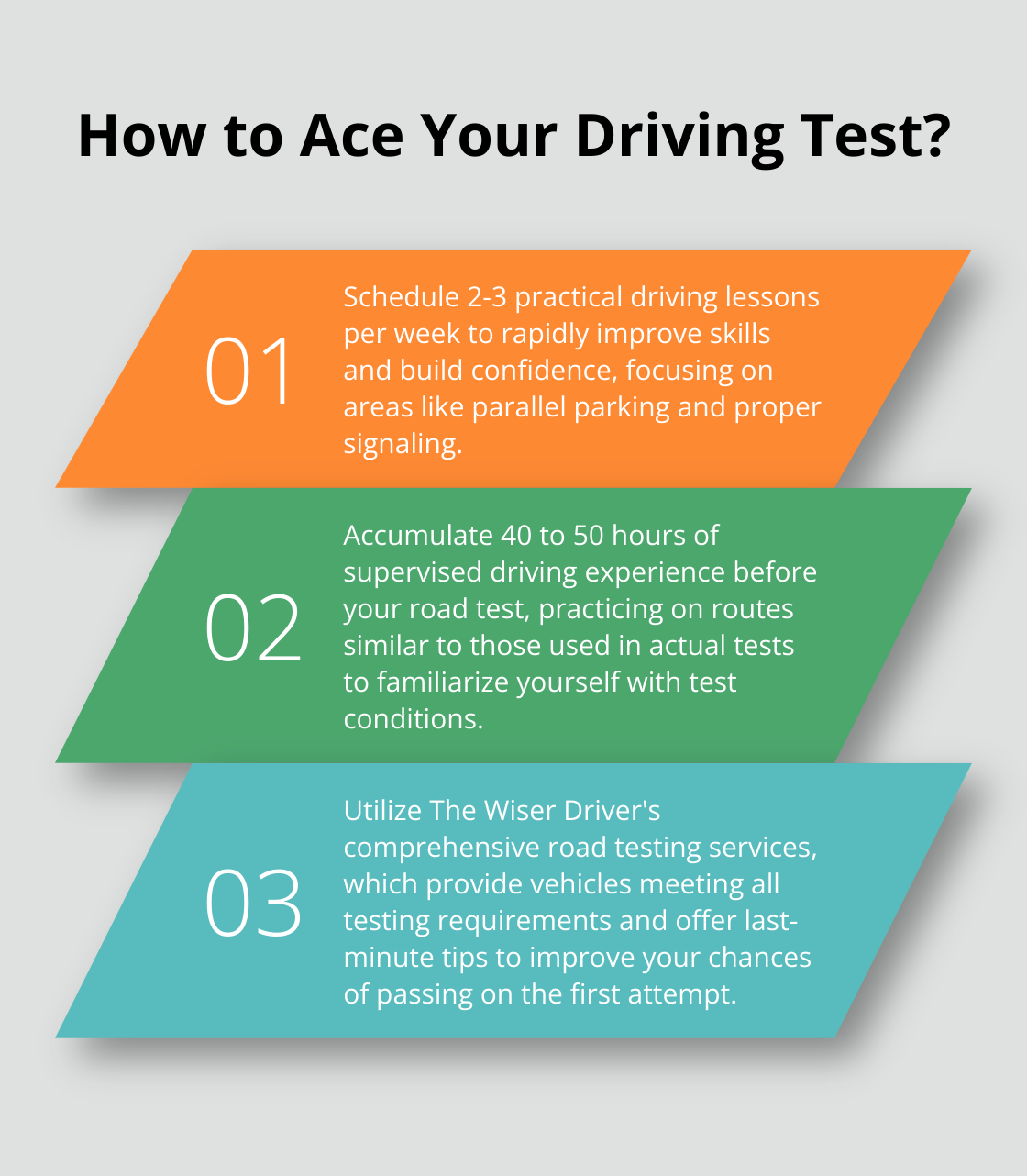How to Find Affordable Driver Training Near You
Learning to drive shouldn’t break the bank. At The Wiser Driver Driving School, we understand the importance of affordable driver training.
Finding budget-friendly options can be challenging, but it’s essential for new drivers who want to gain skills and confidence on the road. This guide will show you how to locate cost-effective driving lessons in your area without compromising on quality.
Why Affordable Driver Training Matters
Professional driver training is a smart investment in your future on the road. Quality instruction can significantly improve safety outcomes for new drivers. Drivers 16 to 19 years old were involved in 4.8 fatal crashes per 100 million travel miles, compared to 3.3 for drivers 20 to 24, 2.3 for drivers 25 to 29, and 1.4 for older age groups.
Lower Insurance Premiums
One often overlooked benefit of driver training is the potential for insurance savings. Insurers may offer a discount or lower rate for teen drivers who complete a driver’s education course, although the savings may not be comparable to a defensive driving discount. These discounts can vary depending on the insurer and the specific course completed.
Building Confidence Behind the Wheel
Confidence is key when it comes to safe driving. Professional instruction provides a structured environment to learn and practice essential skills. A study by the AAA Foundation for Traffic Safety found that drivers who received professional training reported feeling 20% more confident in their abilities compared to those who learned from family or friends alone.
Tailored Learning Experience
Every driver is unique, and affordable training programs can address individual needs. Whether you struggle with parallel parking or merging onto highways, personalized instruction can help you overcome specific challenges. This targeted approach ensures you get the most value out of your training investment.
Long-Term Cost Savings
While the upfront cost of driver training may seem high, it’s important to consider the long-term financial benefits. Drivers who receive professional instruction are less likely to receive traffic citations or be involved in accidents. This can lead to significant savings on fines, increased insurance premiums, and vehicle repair costs over time.
The Next Step: Finding the Right Training
Now that you understand the importance of affordable driver training, it’s time to explore how to find the best options in your area. The next section will guide you through effective research techniques to locate quality, budget-friendly driving schools near you.
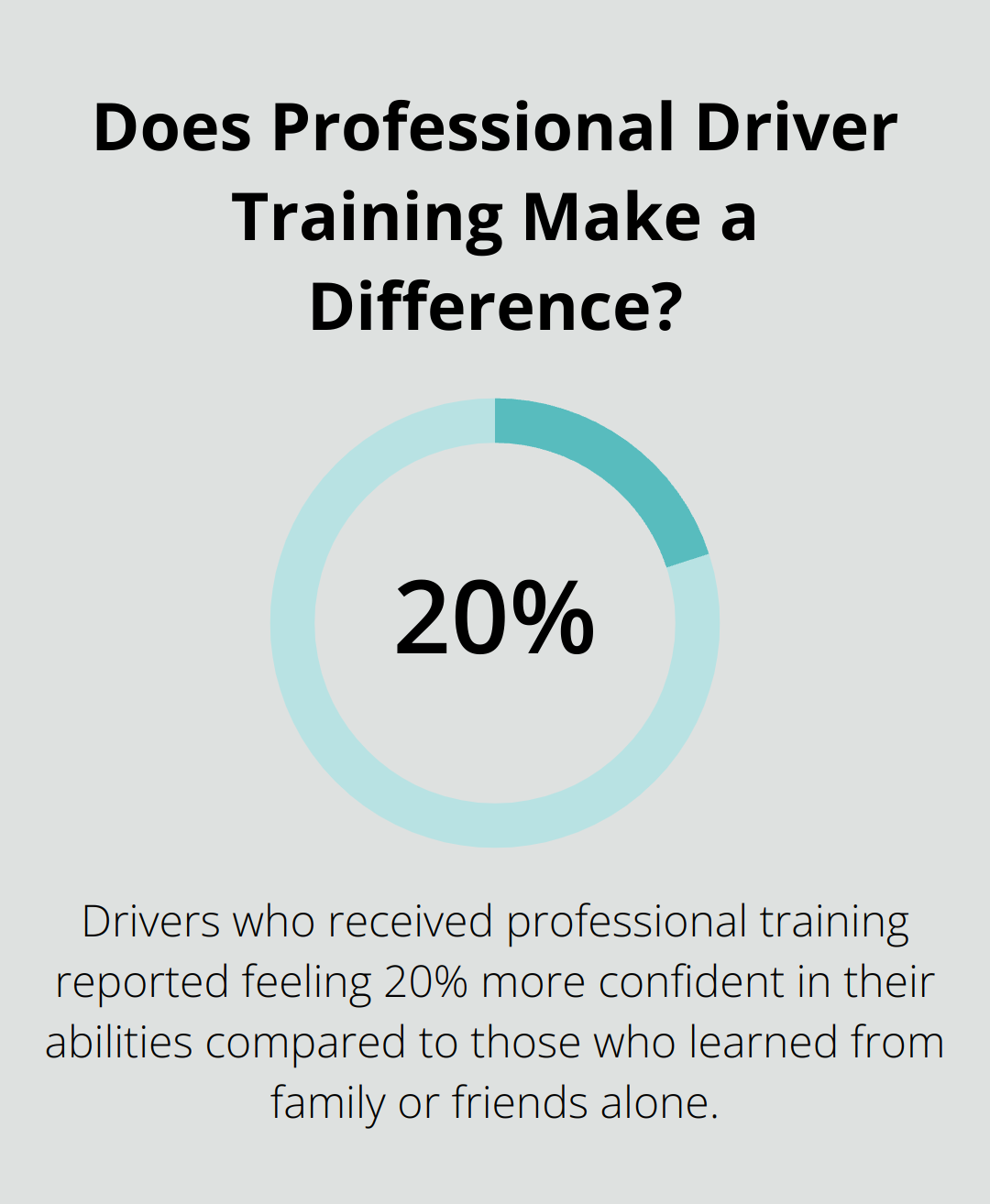
How to Research Driver Training Options
Leverage Online Search Tools
Start your search with specific keywords like “affordable driving lessons” or “budget-friendly driver training” in your area. Google Maps proves excellent for locating nearby schools and comparing their ratings at a glance. Don’t overlook social media platforms, as many driving schools advertise special offers or discounts there.
Compare Prices and Packages
After you identify potential schools, investigate their offerings thoroughly. Look for detailed pricing information on their websites or call them directly. Many schools offer package deals that can significantly reduce the cost per lesson. For example, some schools might offer a discount for booking a block of 10 lessons upfront.
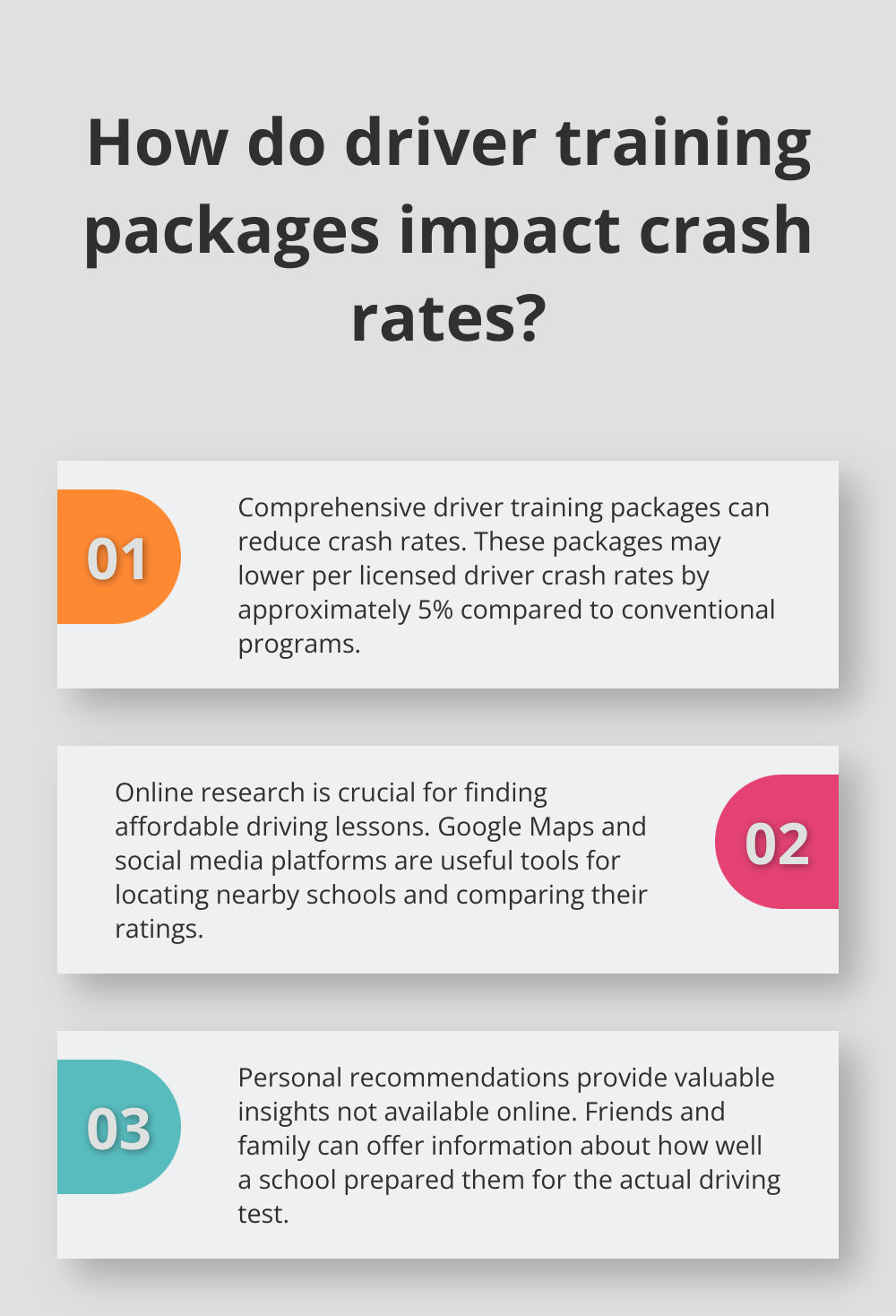
Pay attention to what’s included in each package. Some might offer additional perks like free online theory courses or practice tests, which can add value to your investment. Comprehensive driver training packages probably reduce per licensed driver crash rates by as little as 5% over conventional programs.
Scrutinize Reviews and Testimonials
Customer feedback provides invaluable insights when choosing a driving school. Look for reviews on Google, Yelp, and Facebook. Pay special attention to comments about instructor quality, vehicle condition, and overall learning experience.
Don’t just focus on star ratings. Read through detailed reviews to get a sense of the school’s strengths and weaknesses. Look for patterns in feedback – if multiple reviews mention punctual instructors or well-maintained vehicles, it’s a good sign.
Ask for Recommendations
While online research is important, don’t underestimate the power of personal recommendations. Ask friends, family, or colleagues about their experiences with local driving schools. They might provide insights that aren’t readily available online, such as how well the school prepared them for the actual driving test.
Check for Accreditation and Qualifications
Make sure the driving schools you consider are properly accredited. In the United States, look for schools approved by the Department of Motor Vehicles (DMV) in your state. Accredited schools with well-trained instructors often correlate with higher pass rates.
Now that you know how to research your options effectively, let’s explore specific ways to save on driver training costs without compromising on quality instruction.
How to Cut Costs on Driver Training
Consider Group Lessons
Group lessons provide a cost-effective alternative to private instruction. These sessions typically involve 2-3 students sharing a vehicle with an instructor. While you receive less one-on-one time behind the wheel, group lessons can significantly reduce your overall expenses.
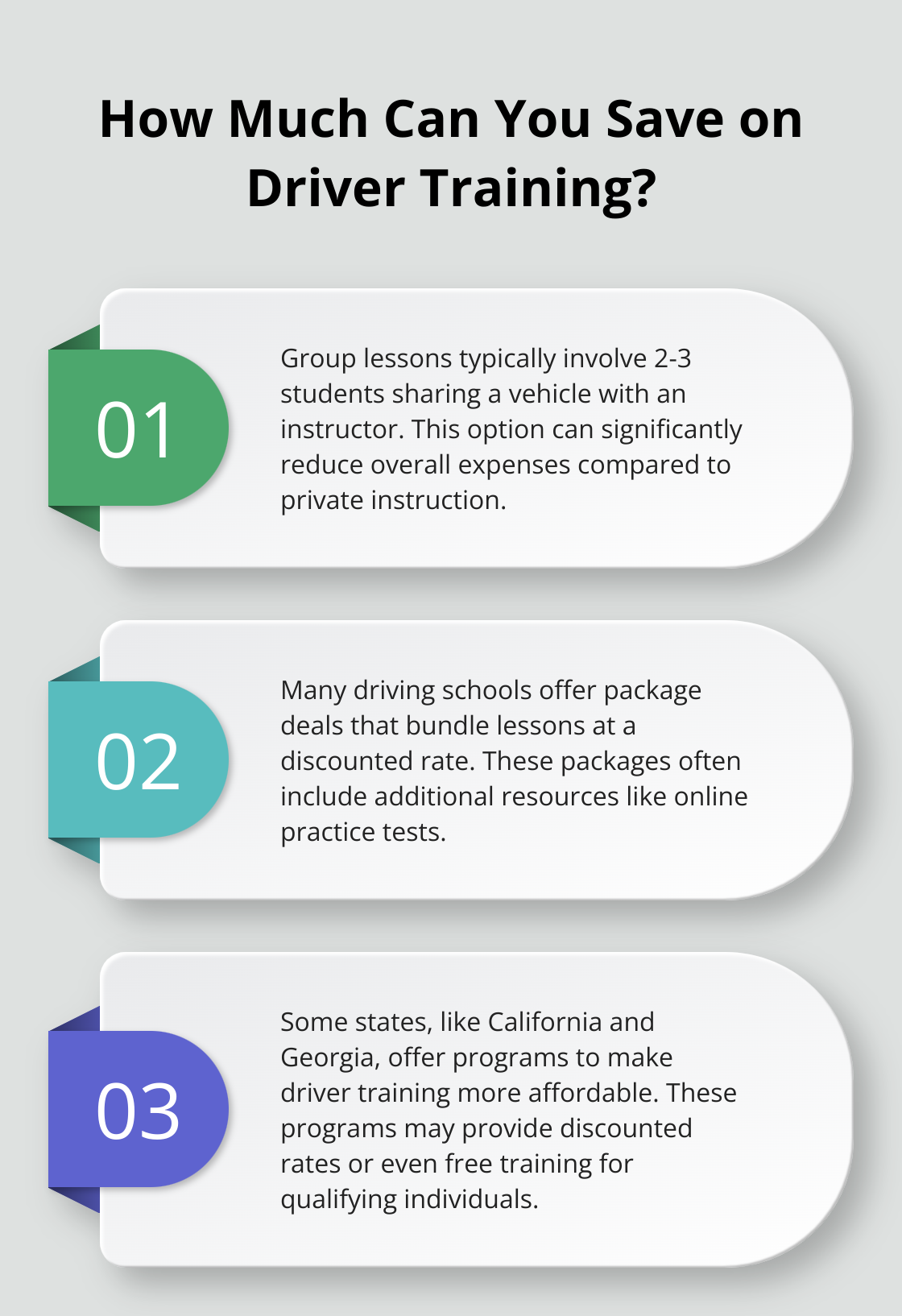
Group settings also offer unique learning opportunities. You can observe and learn from other students’ mistakes and successes, potentially accelerating your learning curve. However, if you struggle with specific areas, you might want to supplement group lessons with occasional private sessions for targeted improvement.
Look for Package Deals
Many driving schools offer package deals that can lead to substantial savings. These packages often bundle a set number of lessons at a discounted rate. When you evaluate package deals, look beyond just the price. Consider what’s included, such as the number of hours, any additional resources (like online practice tests), and whether the package covers all state requirements for obtaining a license.
A slightly more expensive package might offer better value if it includes everything you need to pass your test on the first try. The Wiser Driver Driving School provides comprehensive programs that include both classroom instruction and behind-the-wheel training at a reduced overall cost.
Explore State-Specific Programs
Many states offer programs to make driver training more affordable, especially for young or low-income drivers. For example, California’s Low-Cost Automobile Insurance Program includes a component to help eligible drivers access affordable training. In Georgia, the Joshua’s Law program mandates specific training requirements but also provides resources for affordable options.
Check with your state’s Department of Motor Vehicles or equivalent agency to see what programs might be available. Some states partner with specific driving schools to offer discounted rates or even free training for qualifying individuals. Taking advantage of these programs can significantly reduce your out-of-pocket expenses.
In Oregon, for instance, you can take a course from a certified driver training provider or driving school to meet state requirements.
Balance Cost and Quality
While cost is an important factor, it shouldn’t be the only consideration when you choose a driving school. The quality of instruction directly impacts your safety on the road and your ability to pass the driving test. Try to balance affordability with reputation and the comprehensiveness of the training offered.
With careful research and smart choices, you can find high-quality, affordable driver training that sets you up for success behind the wheel. The Wiser Driver Driving School stands out as a top choice, offering a range of programs (including state-required Joshua’s Law classes) designed for drivers of all ages and skill levels.
Final Thoughts
Affordable driver training doesn’t mean you must compromise on quality. You can find cost-effective options that provide excellent instruction and prepare you for safe driving. The strategies outlined in this guide will help you locate the best training programs that fit your budget and needs.
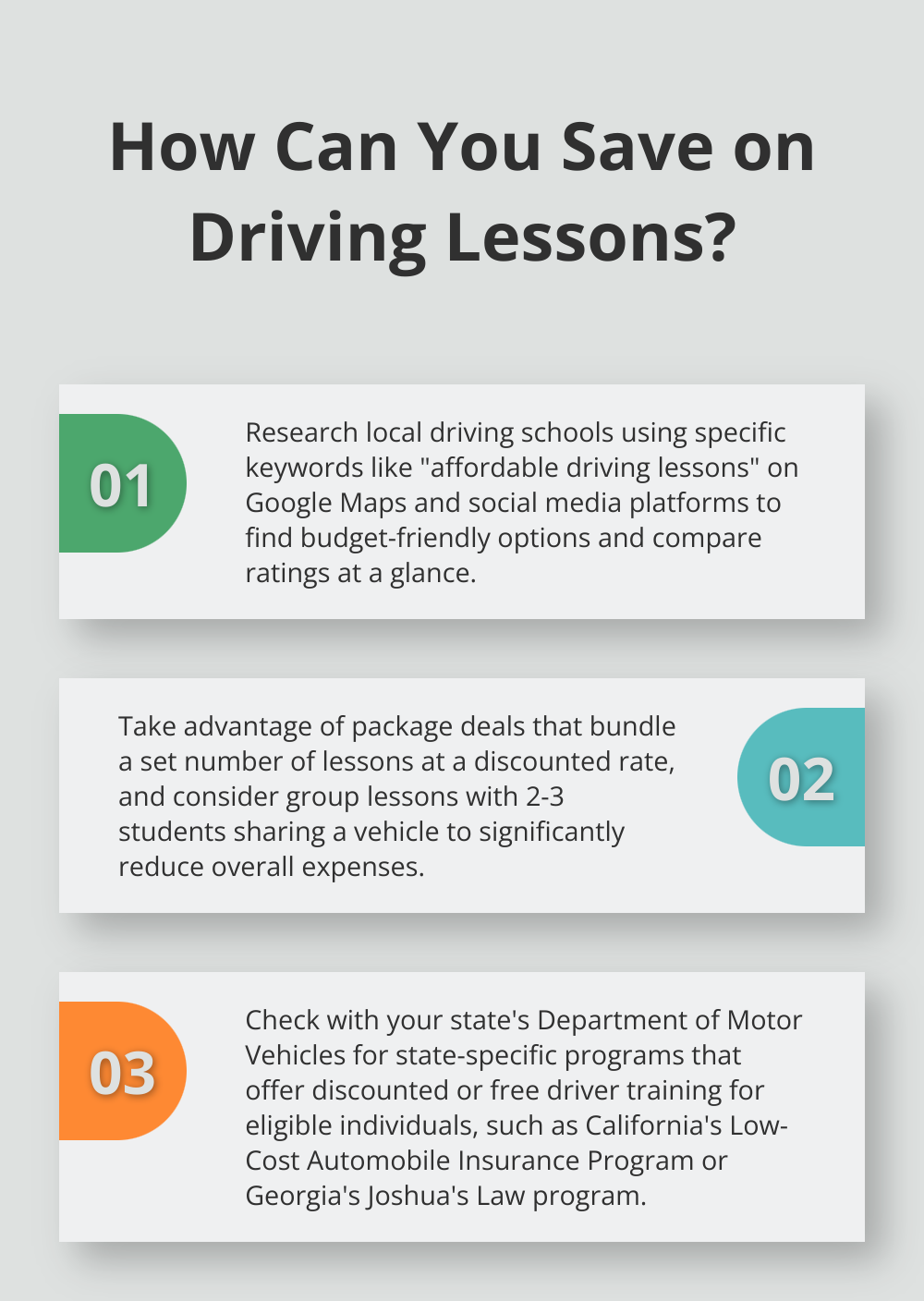
We encourage you to approach your search with diligence and an open mind. Use online resources, compare packages, read reviews, and ask for recommendations. Group lessons and package deals often offer substantial savings, while state-specific programs might provide additional financial assistance.
The Wiser Driver Driving School offers a range of programs tailored to drivers of all ages and skill levels. Our experienced instructors use a hands-on learning approach to help you achieve your driving goals affordably and effectively. Take the first step today and set yourself up for a lifetime of confident, responsible driving.

